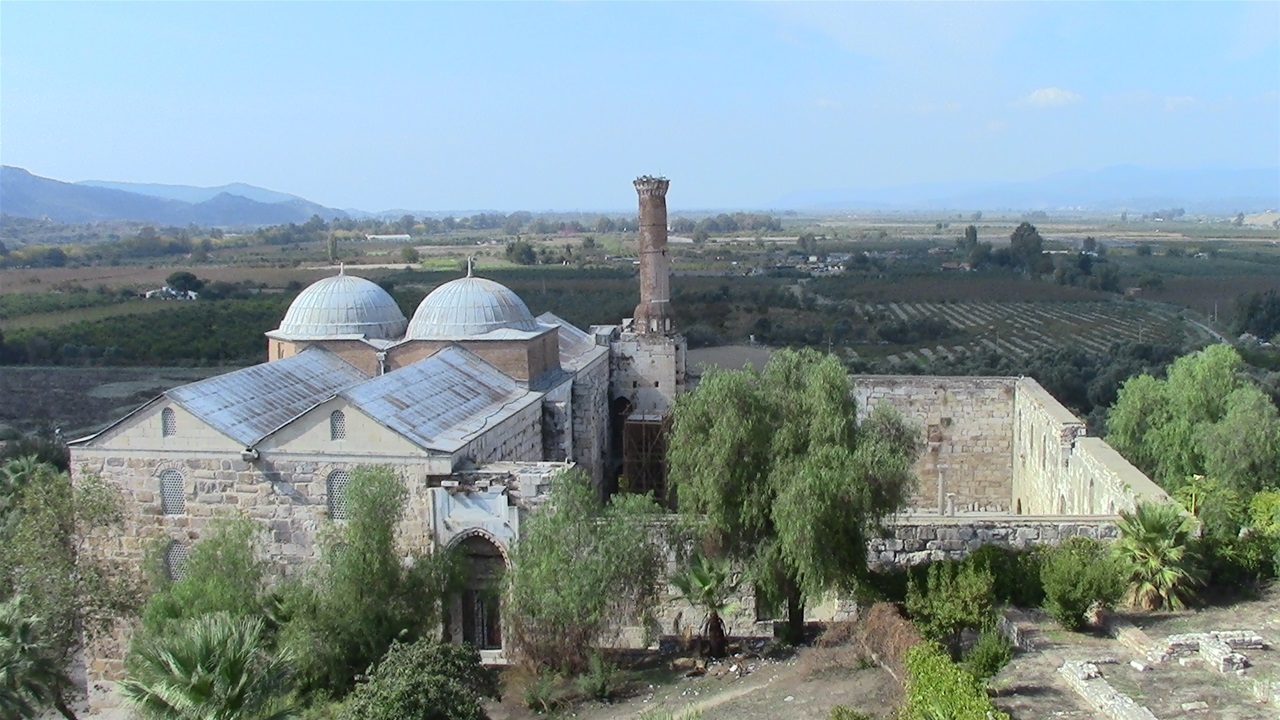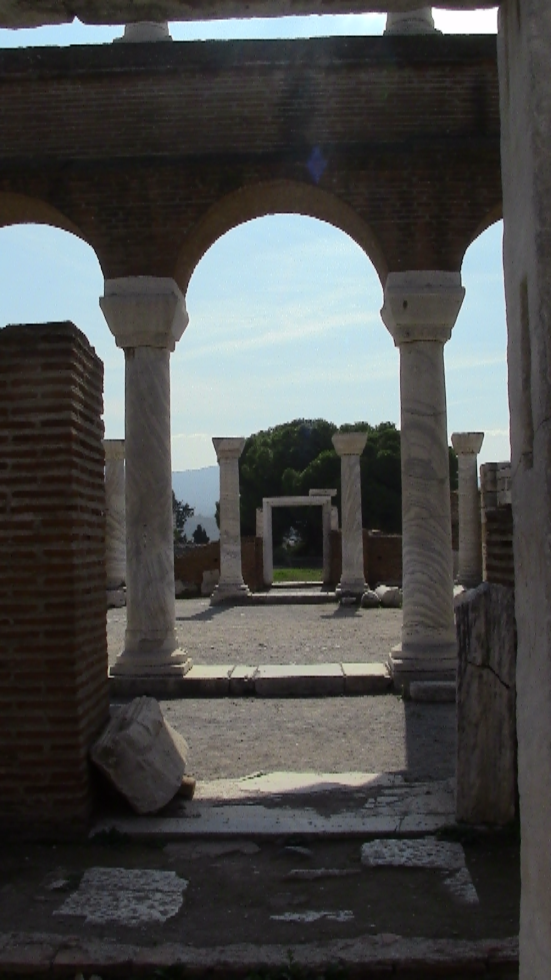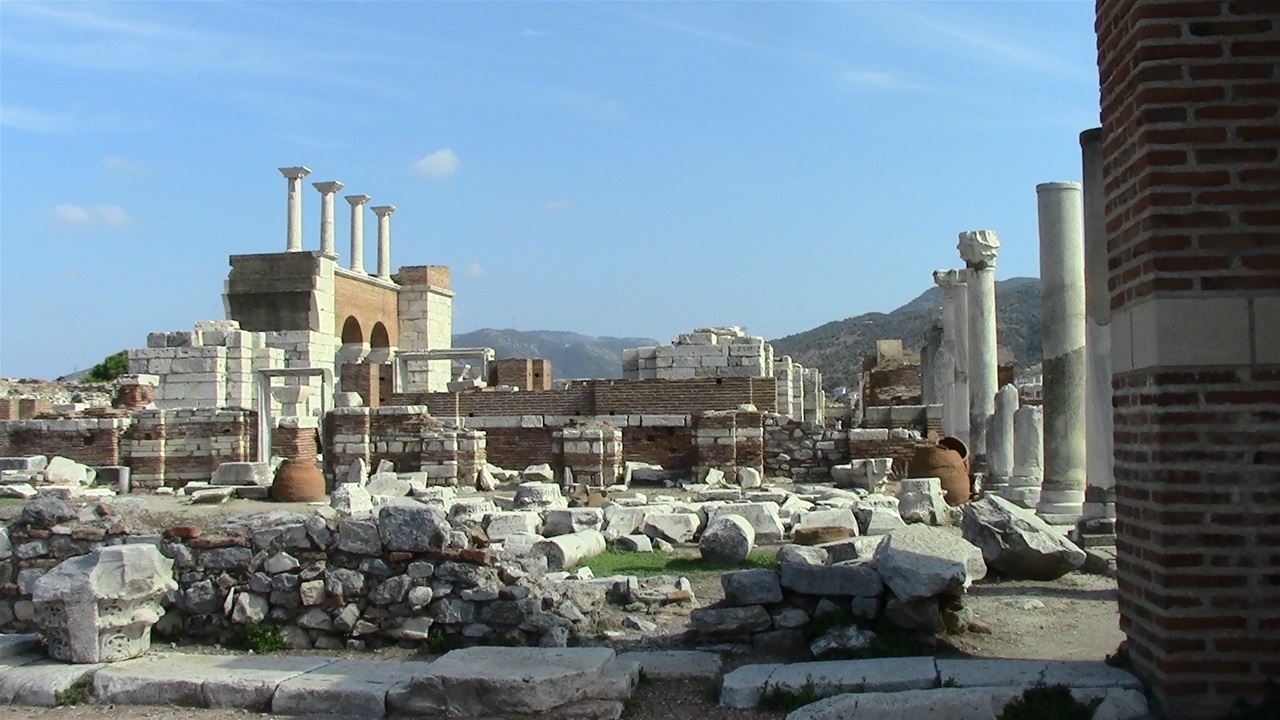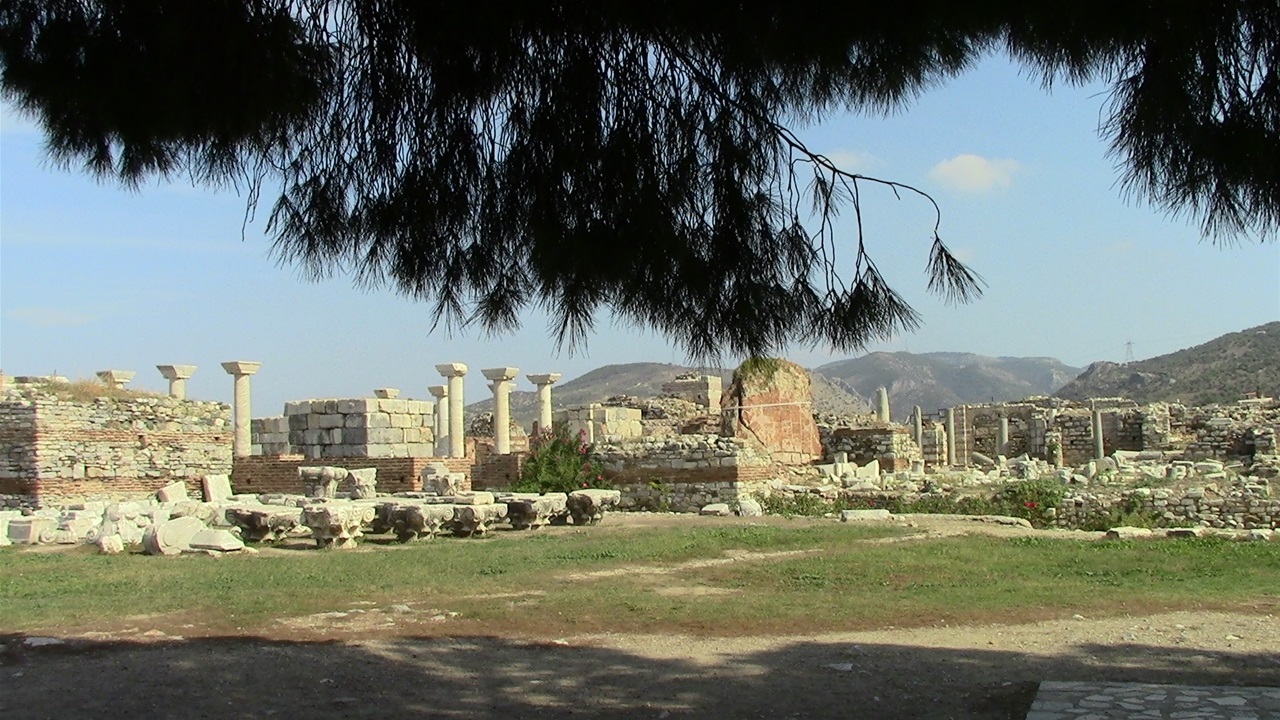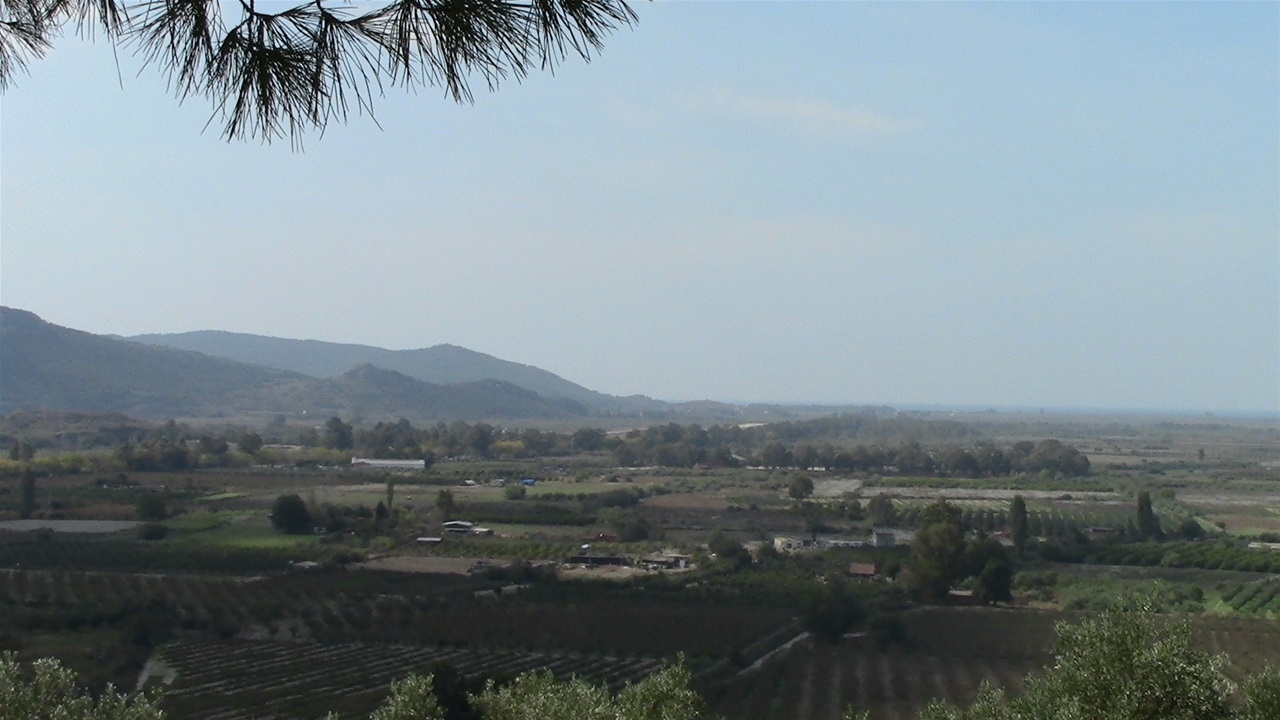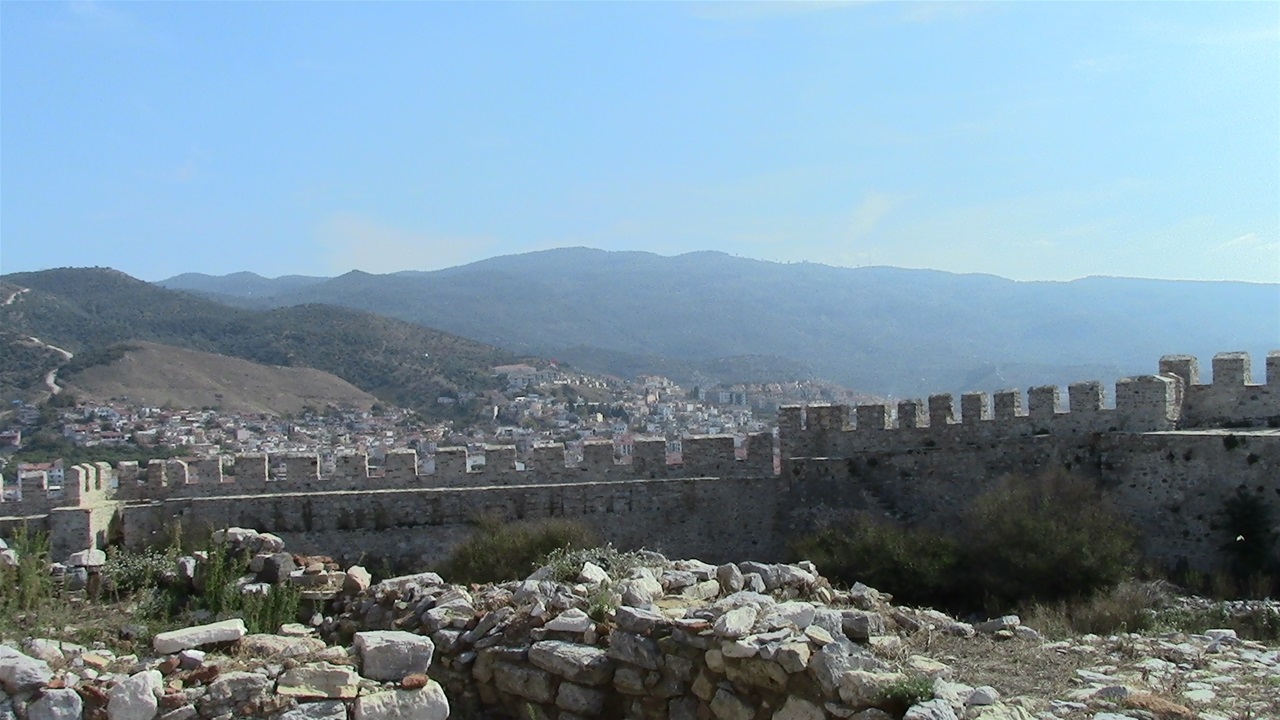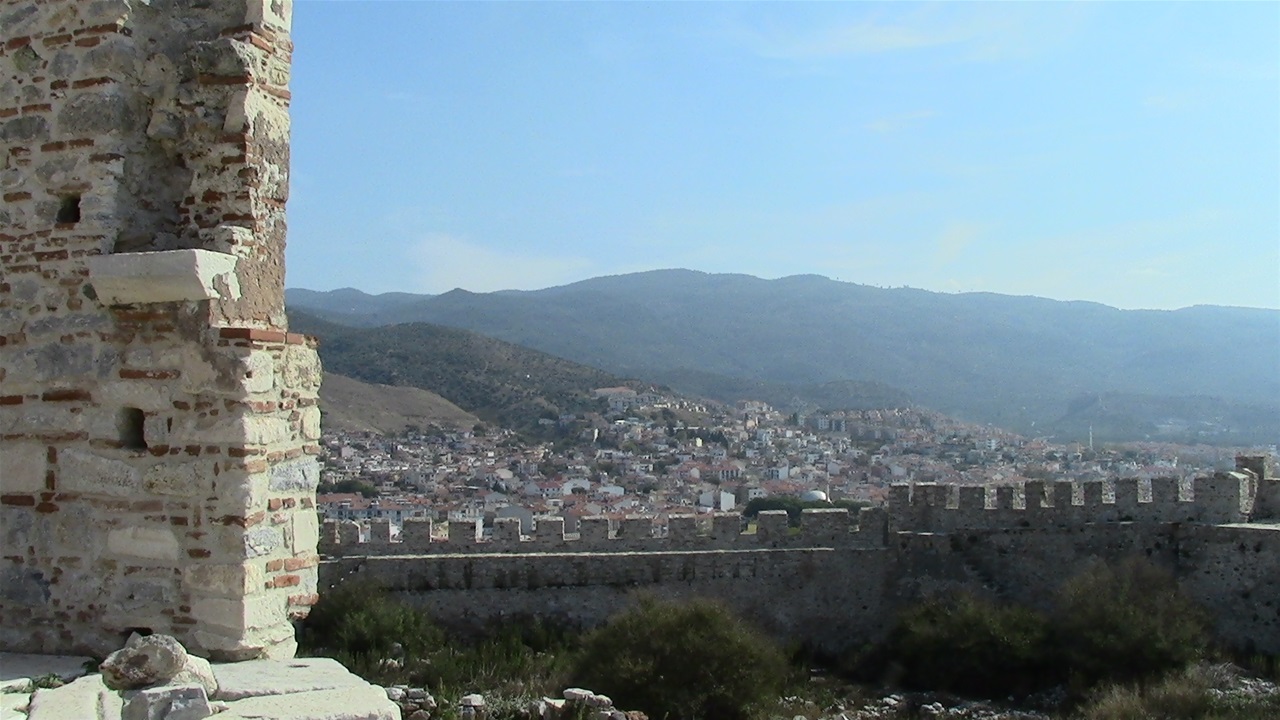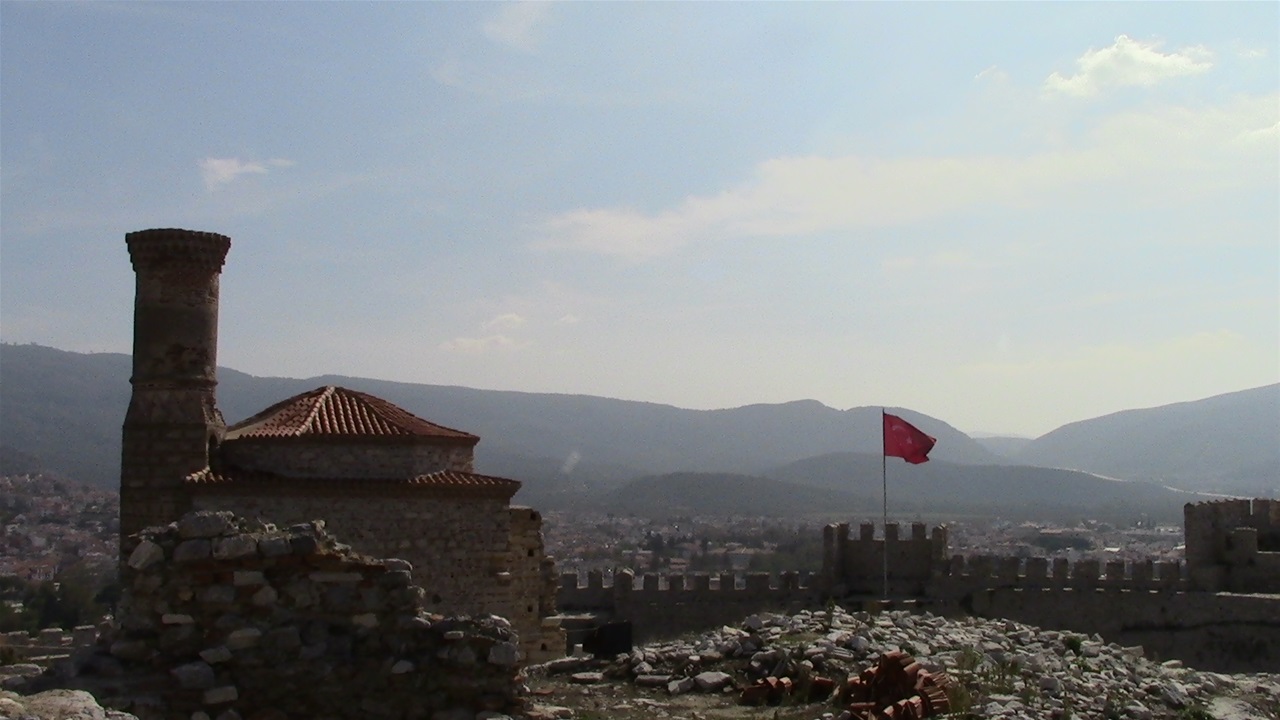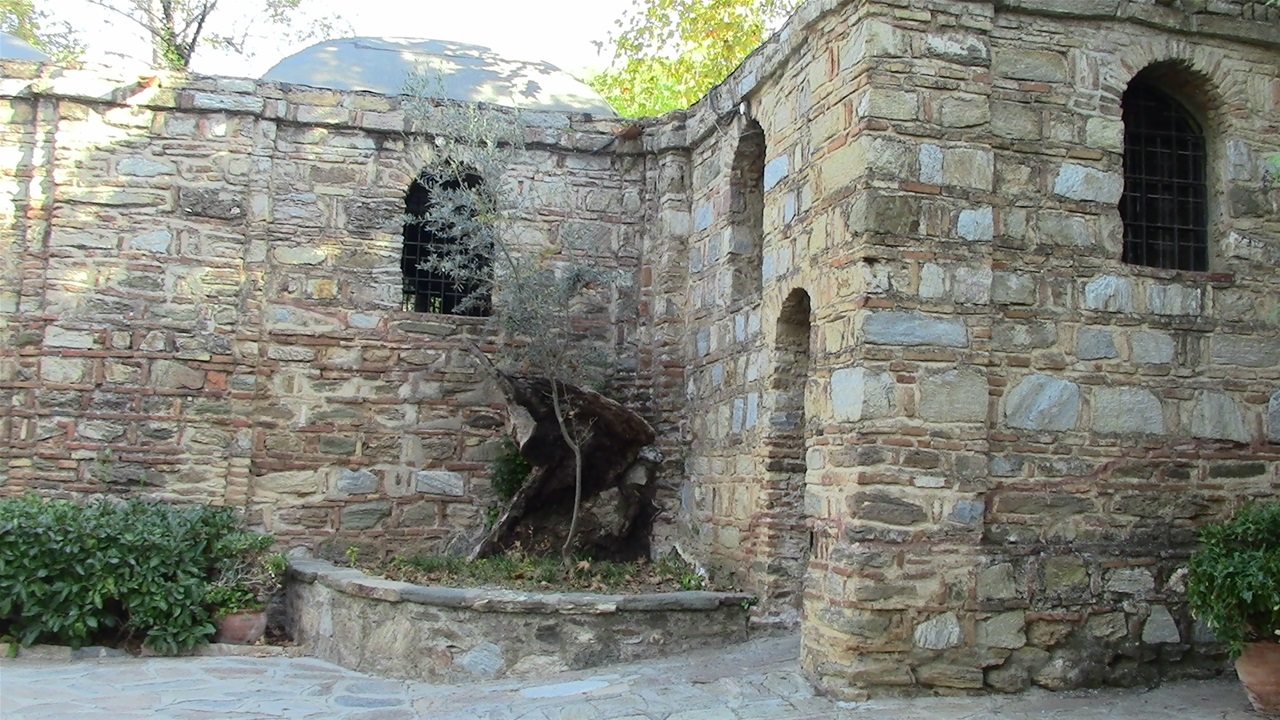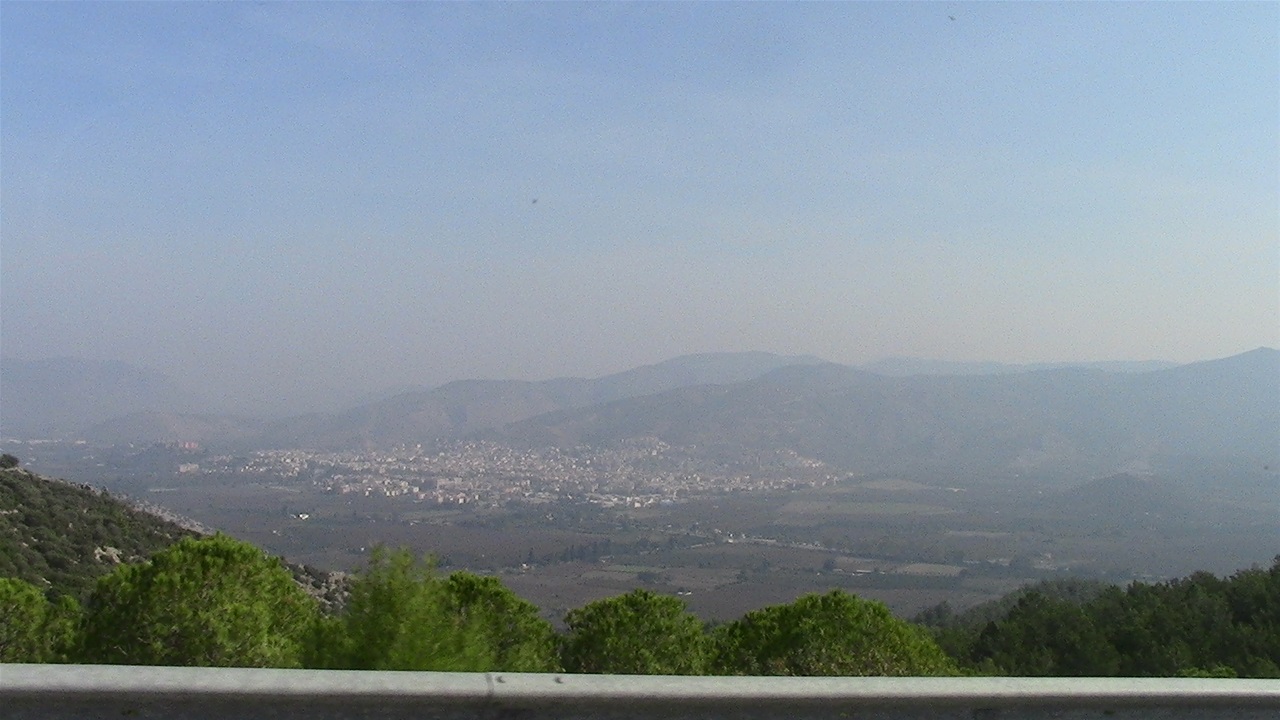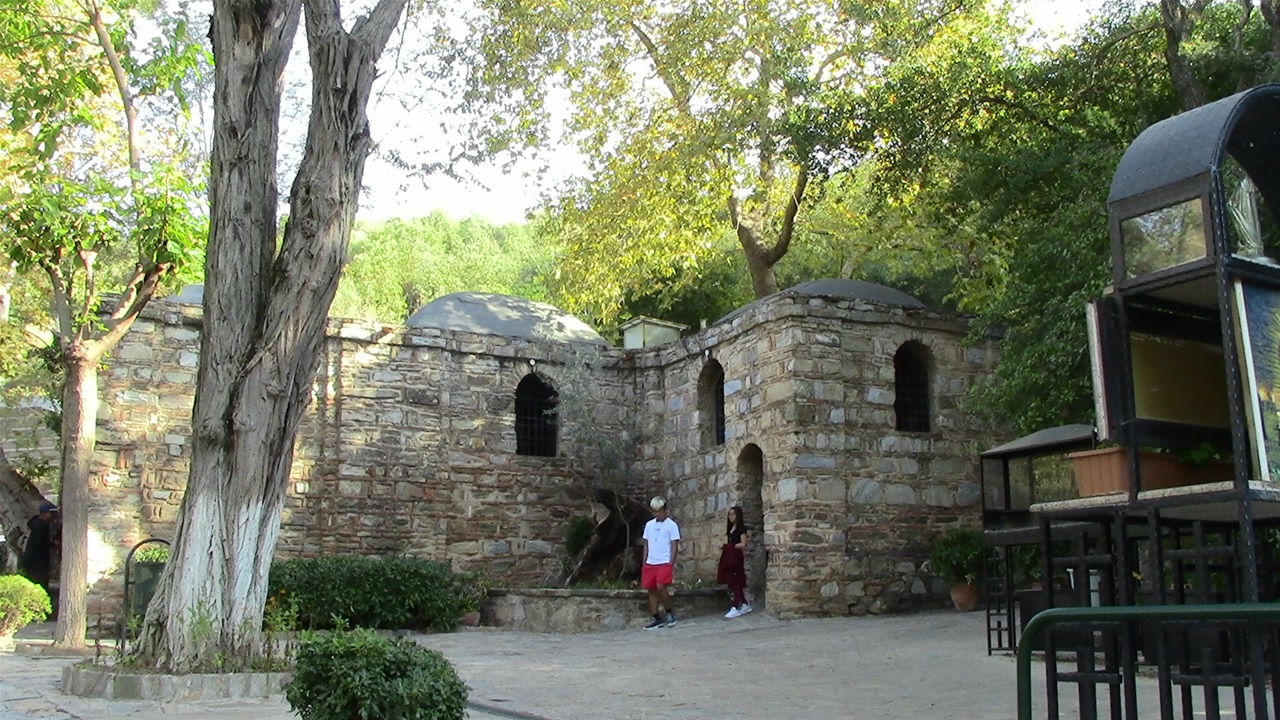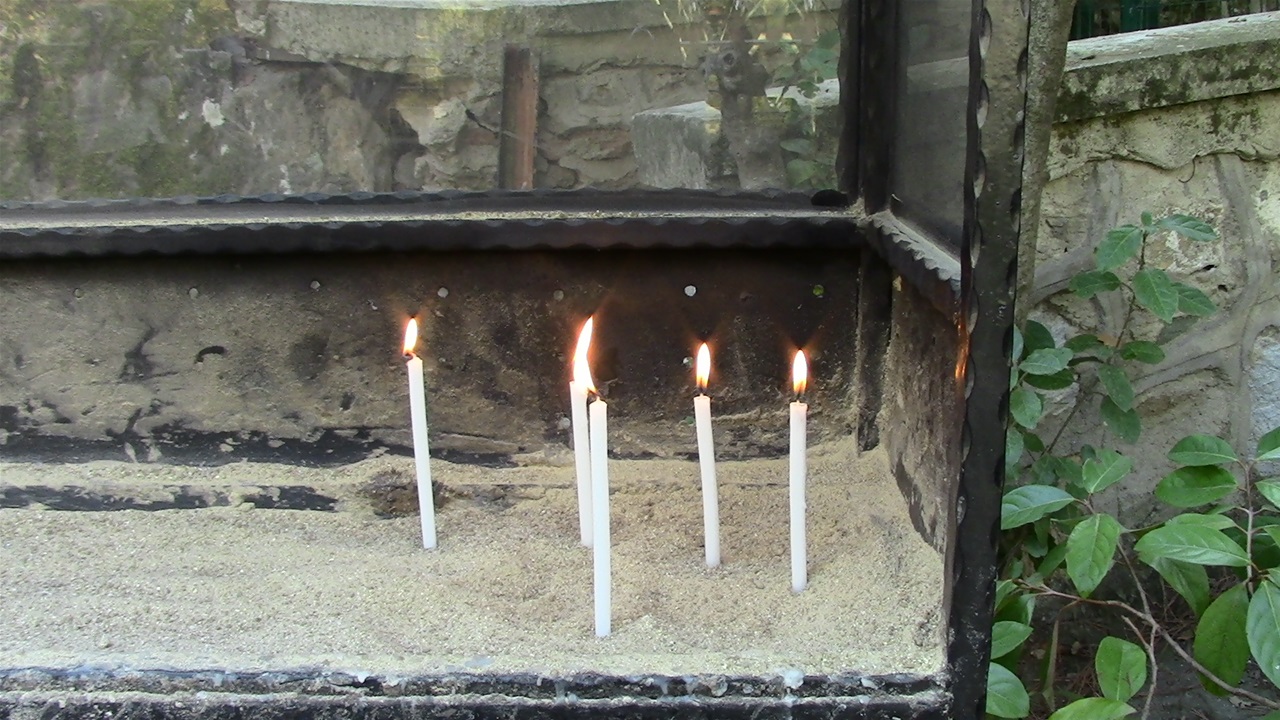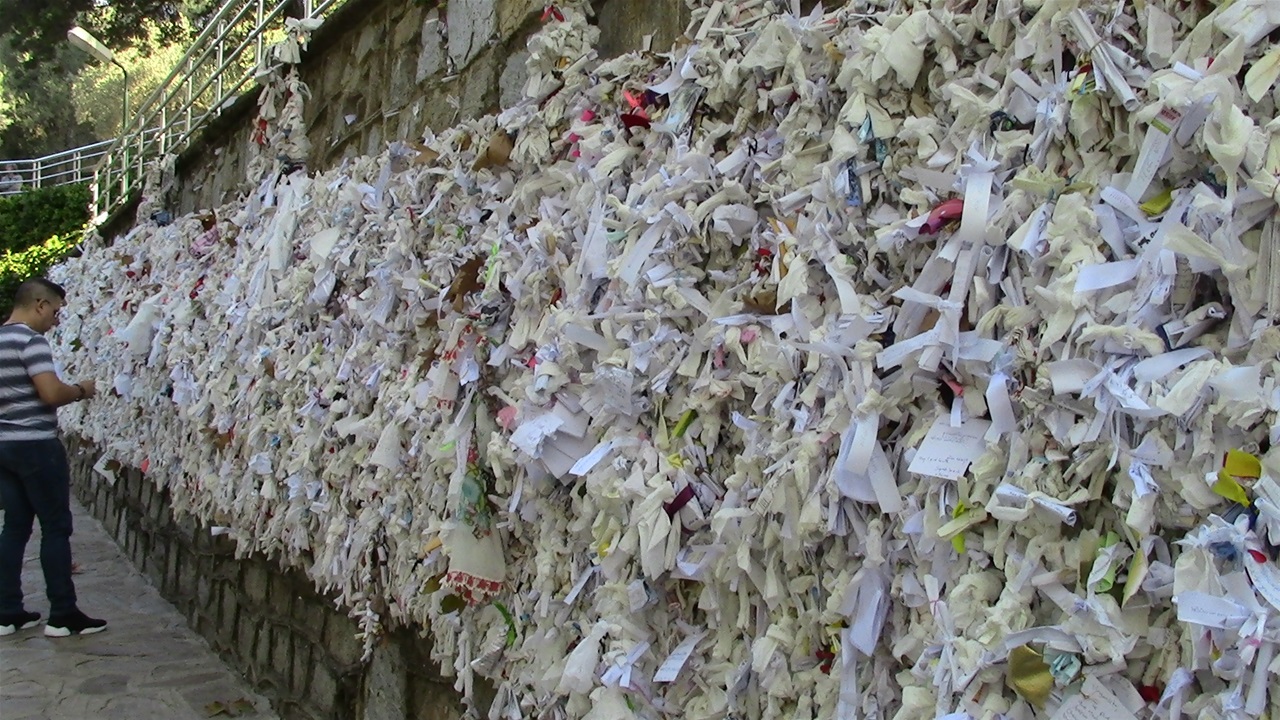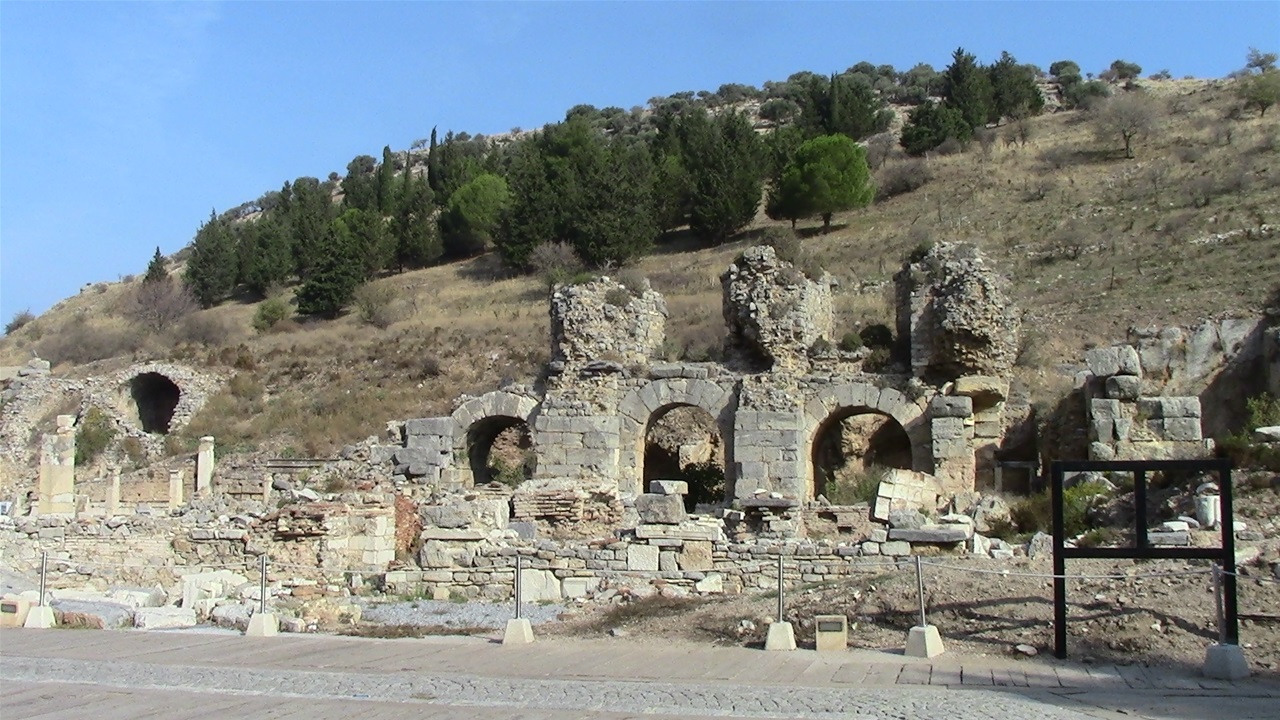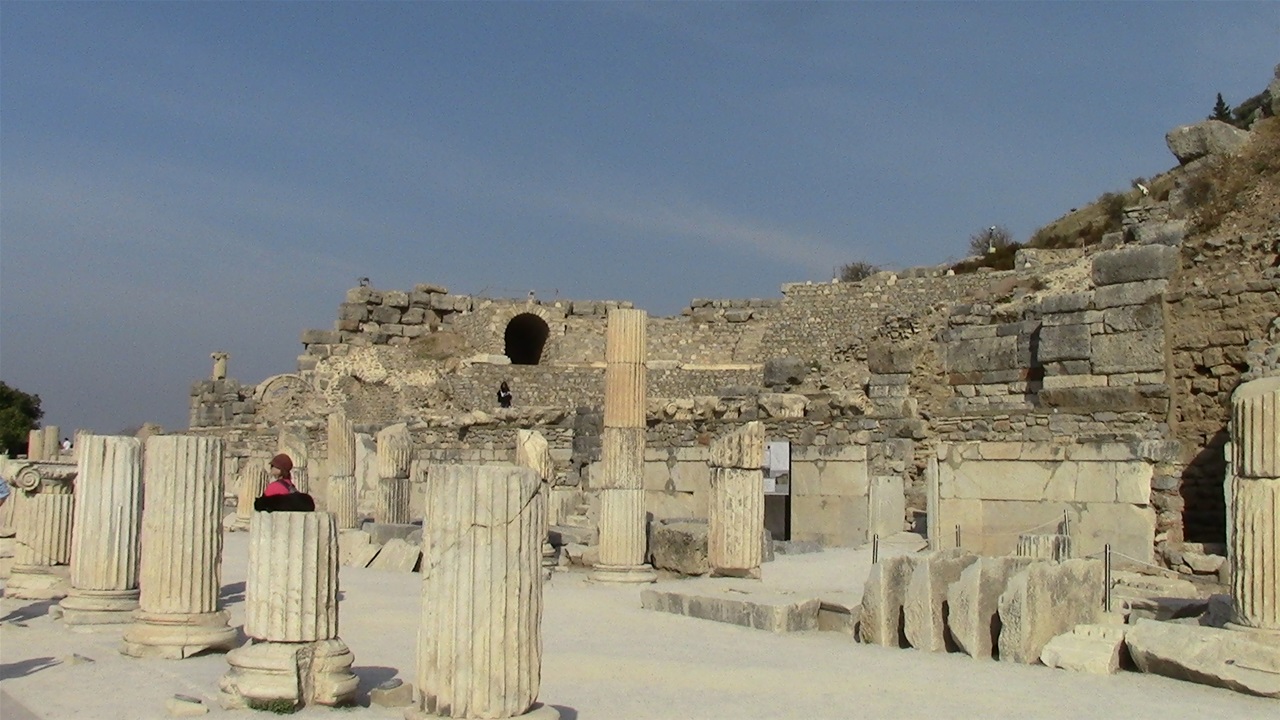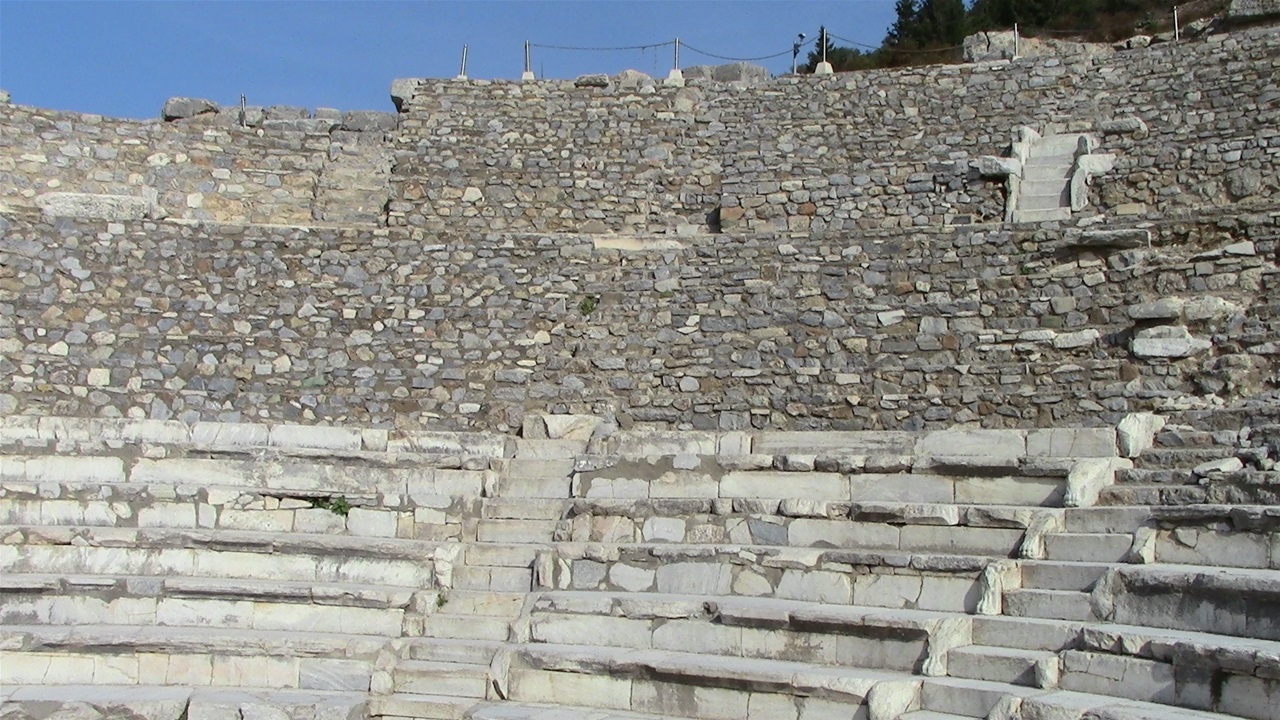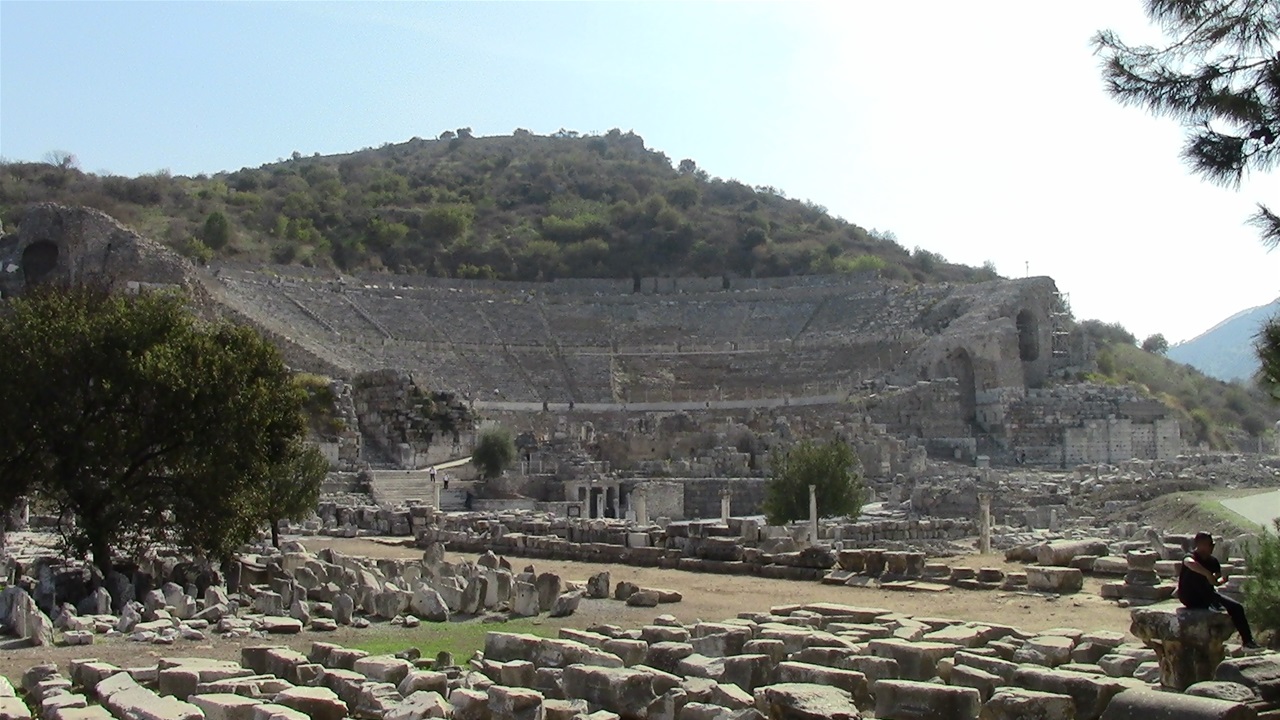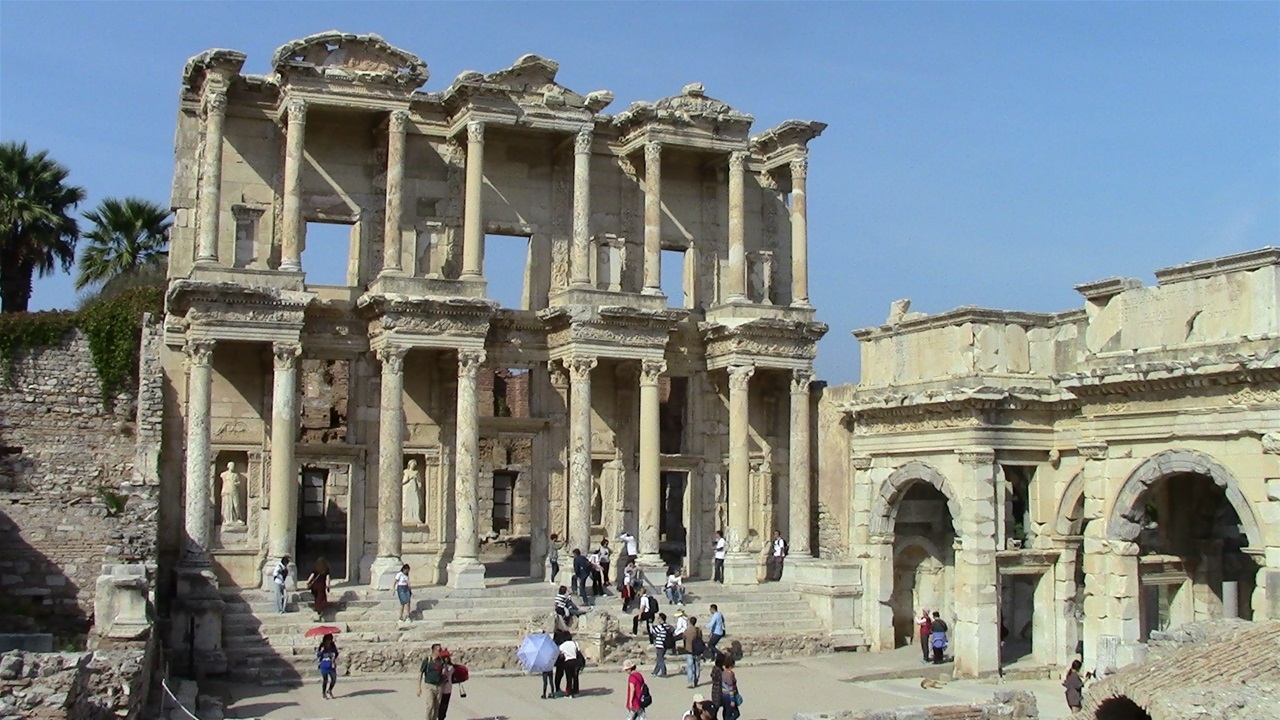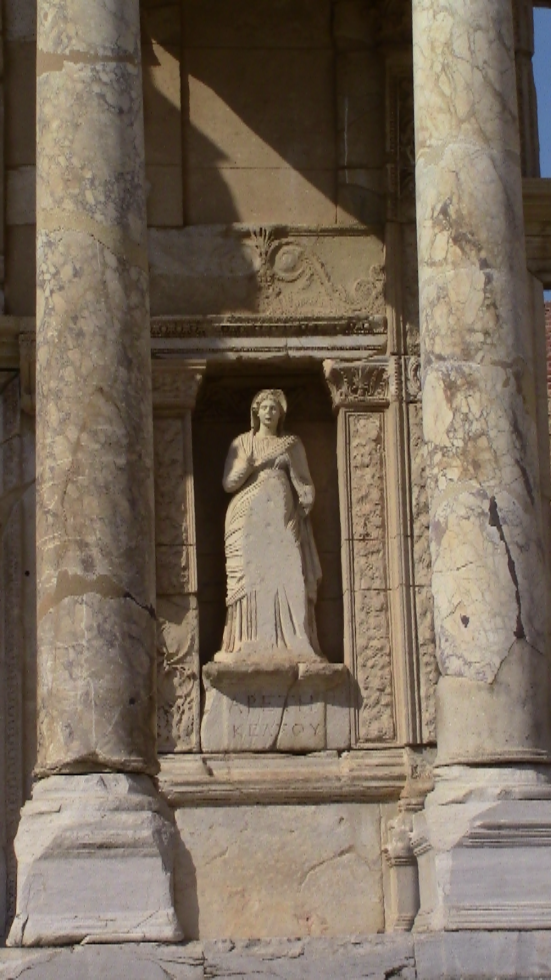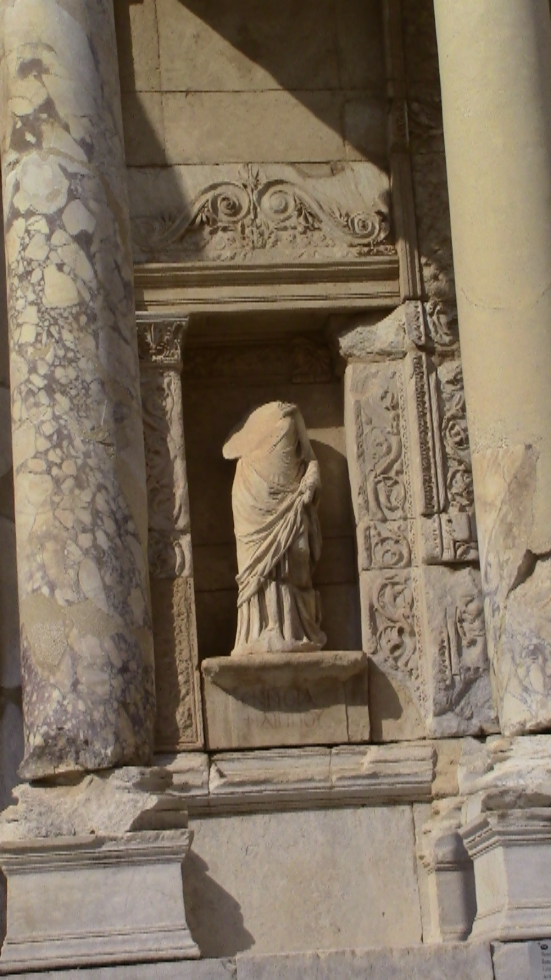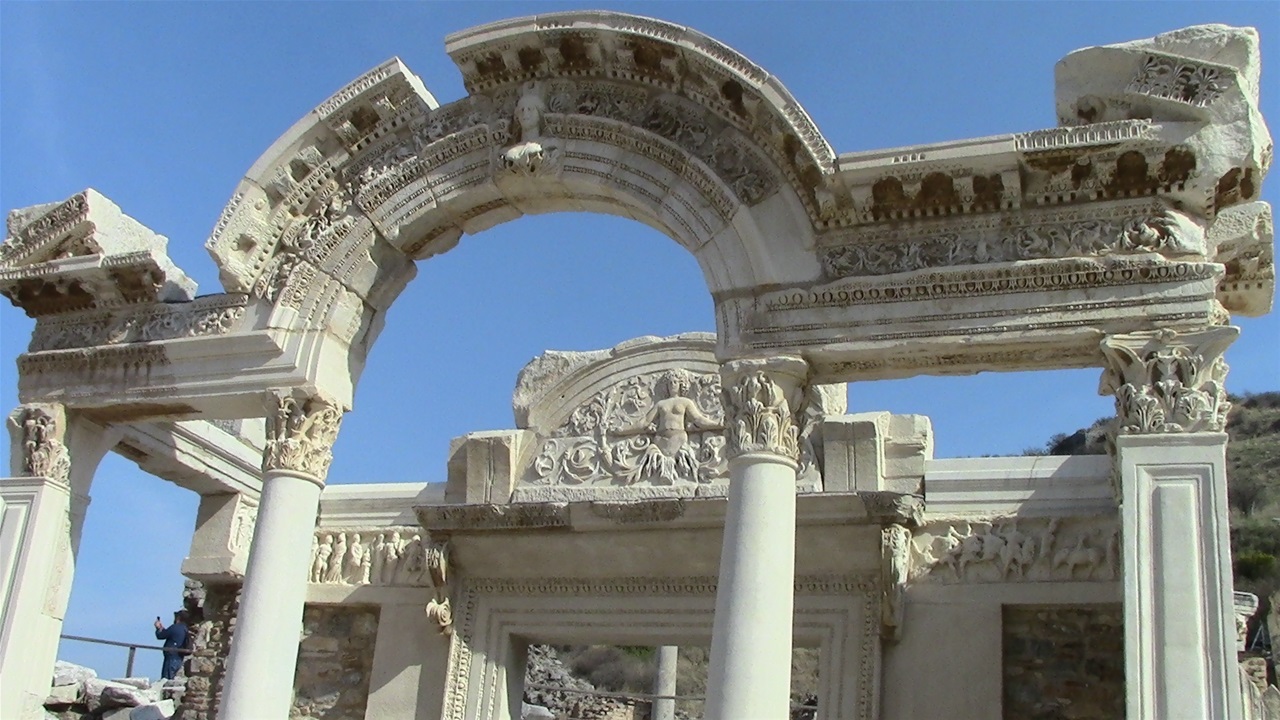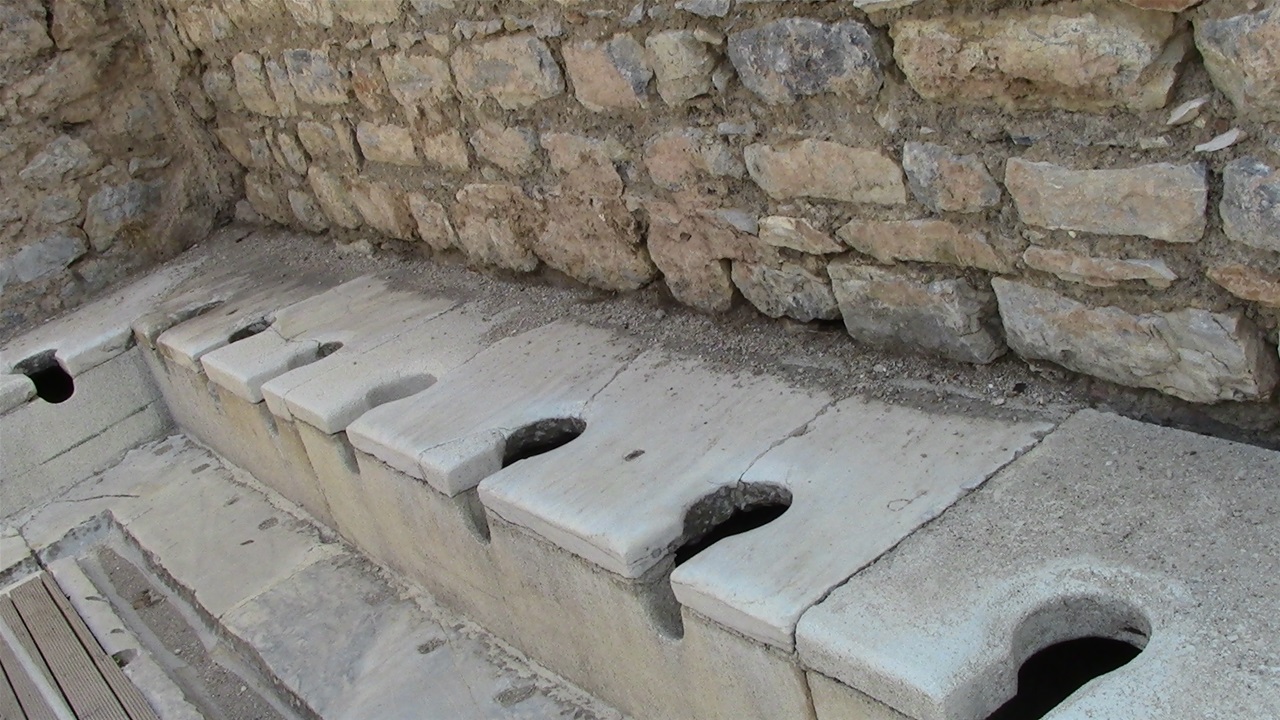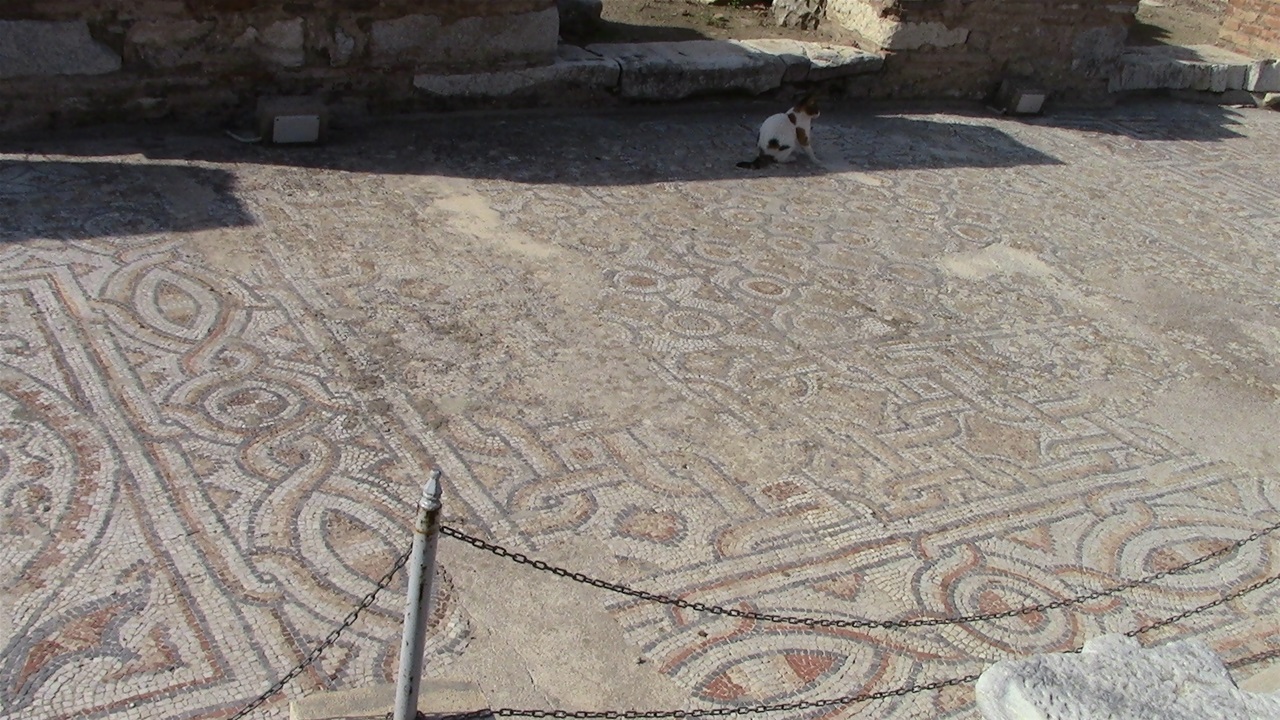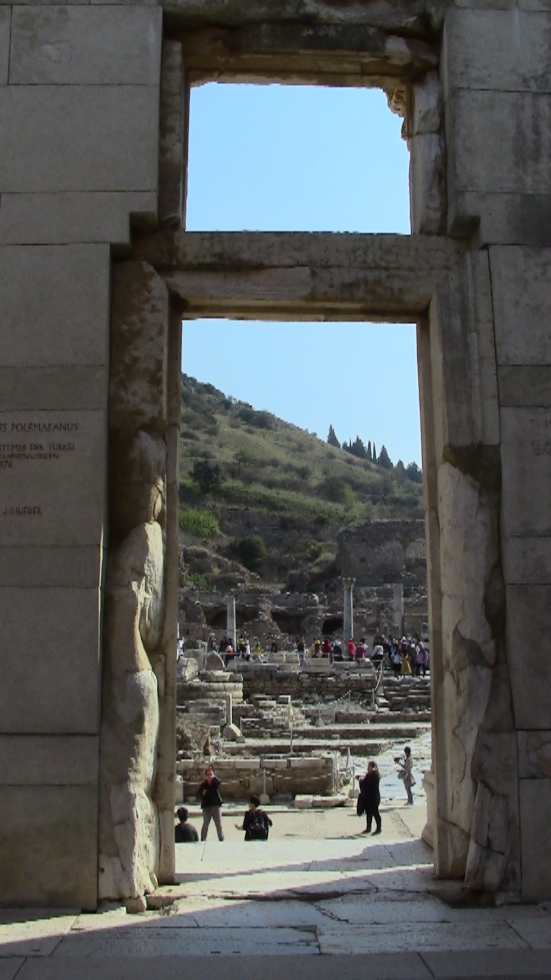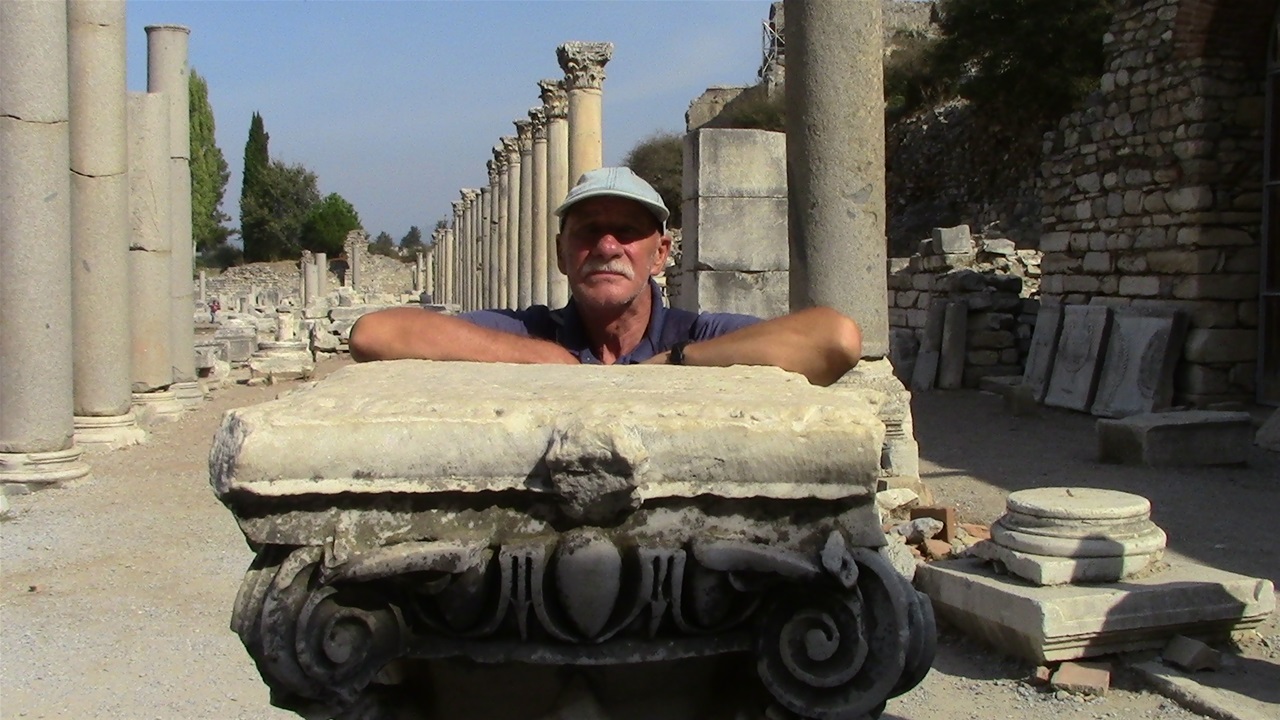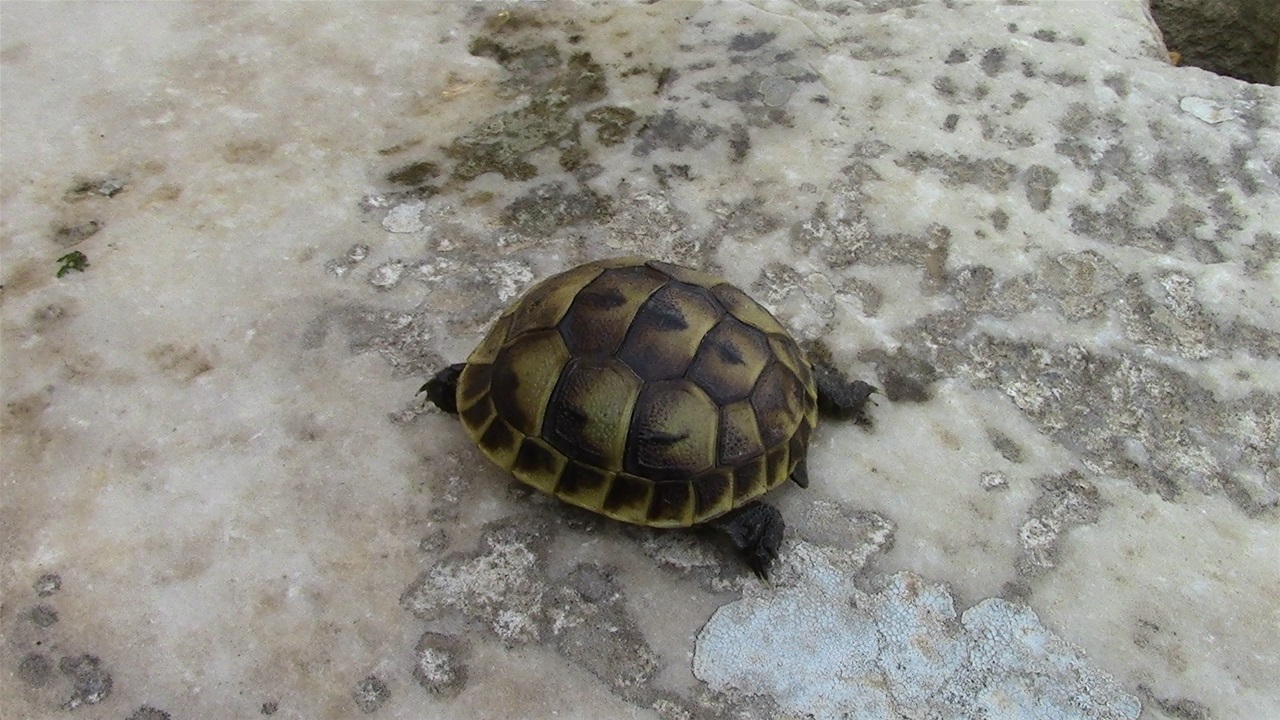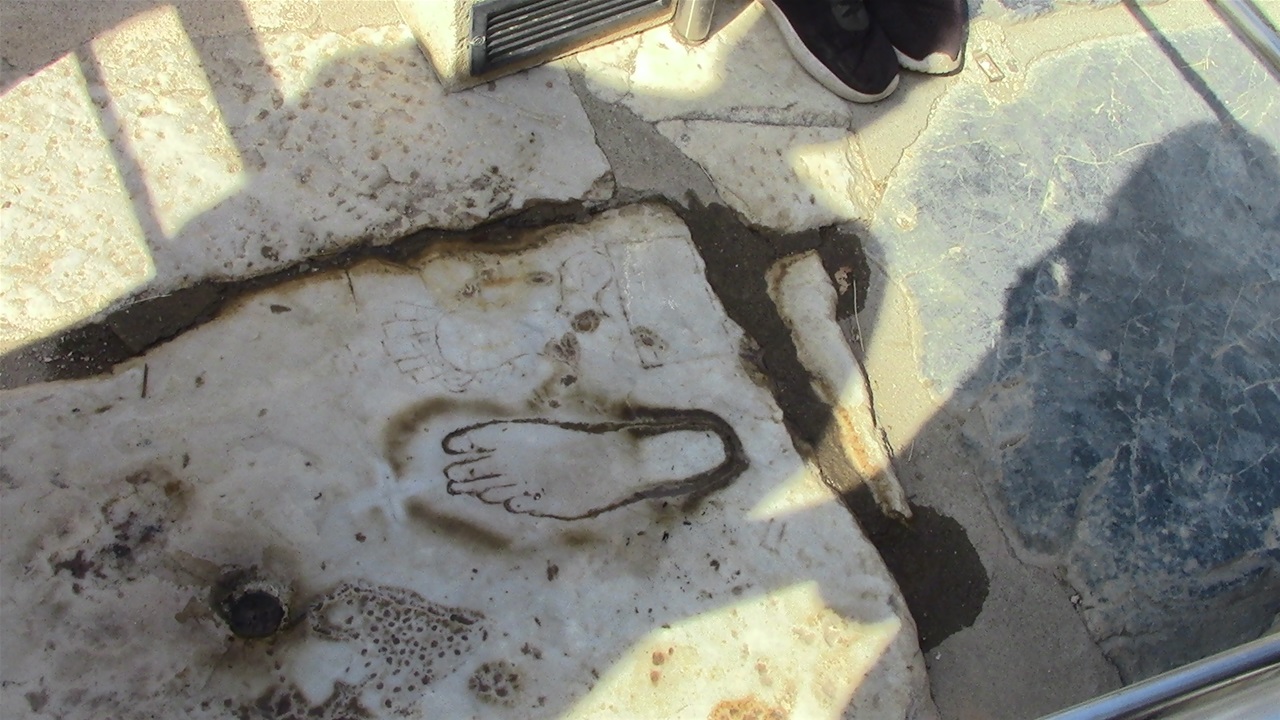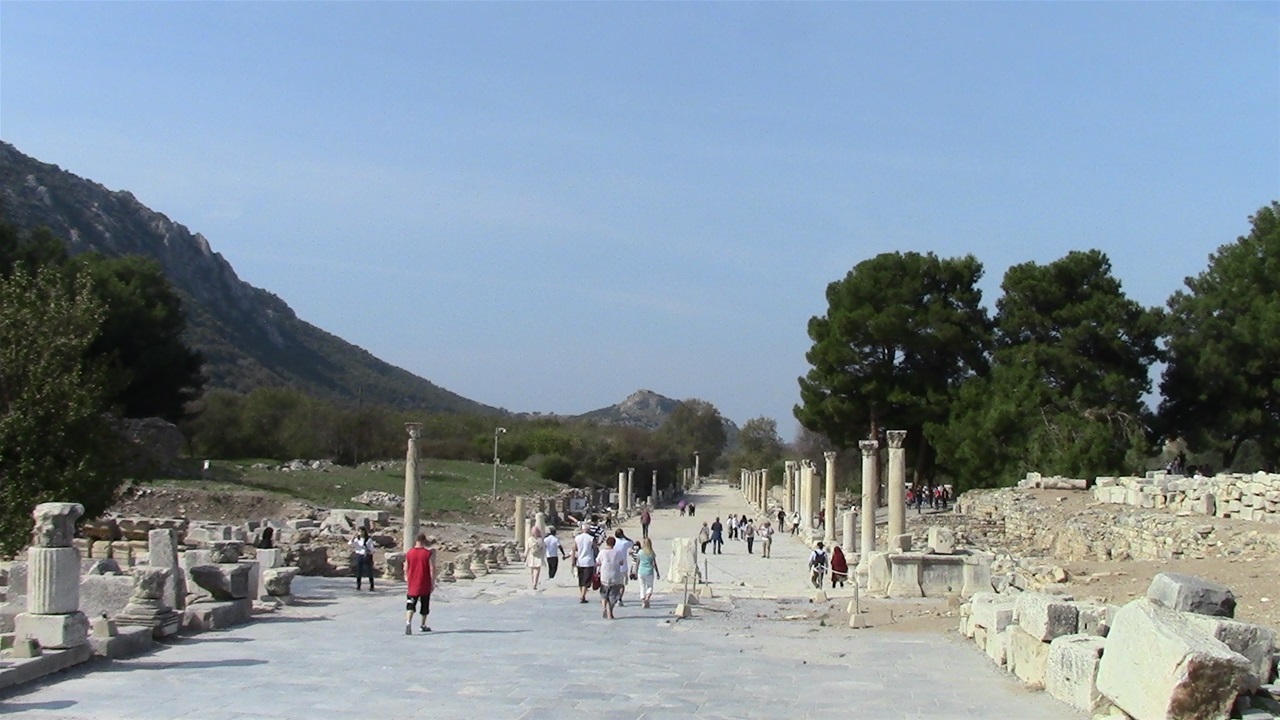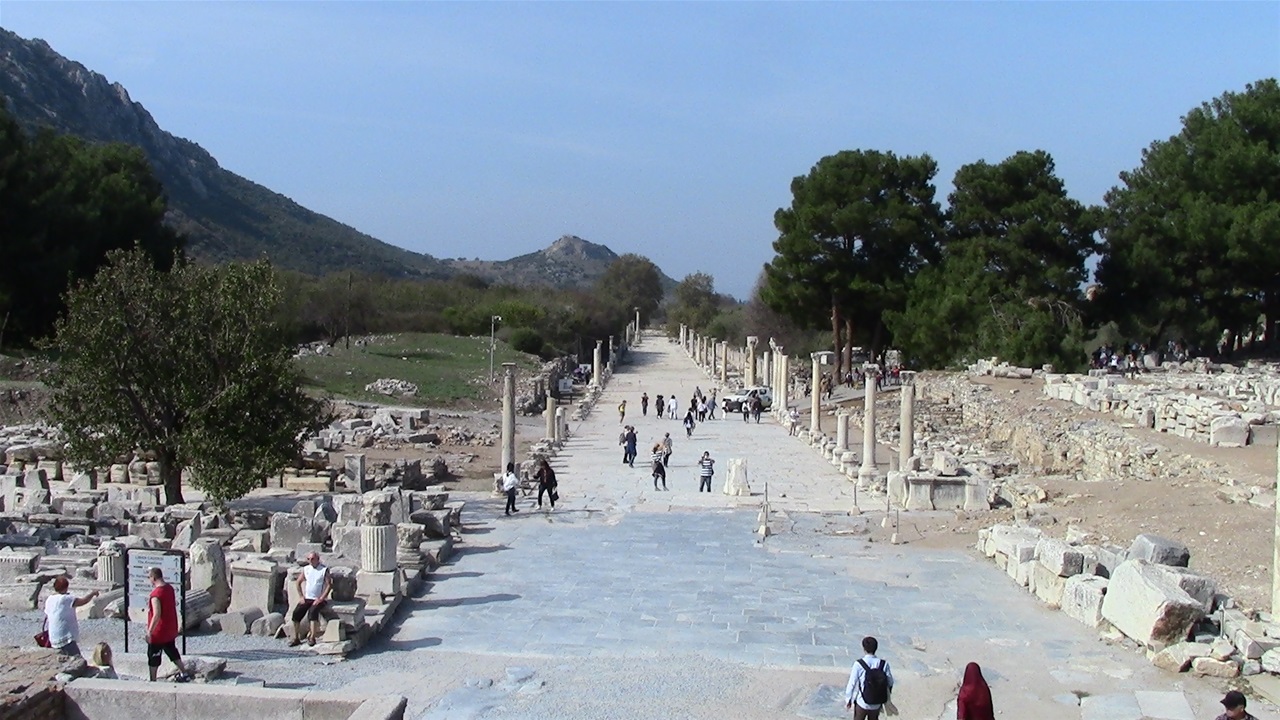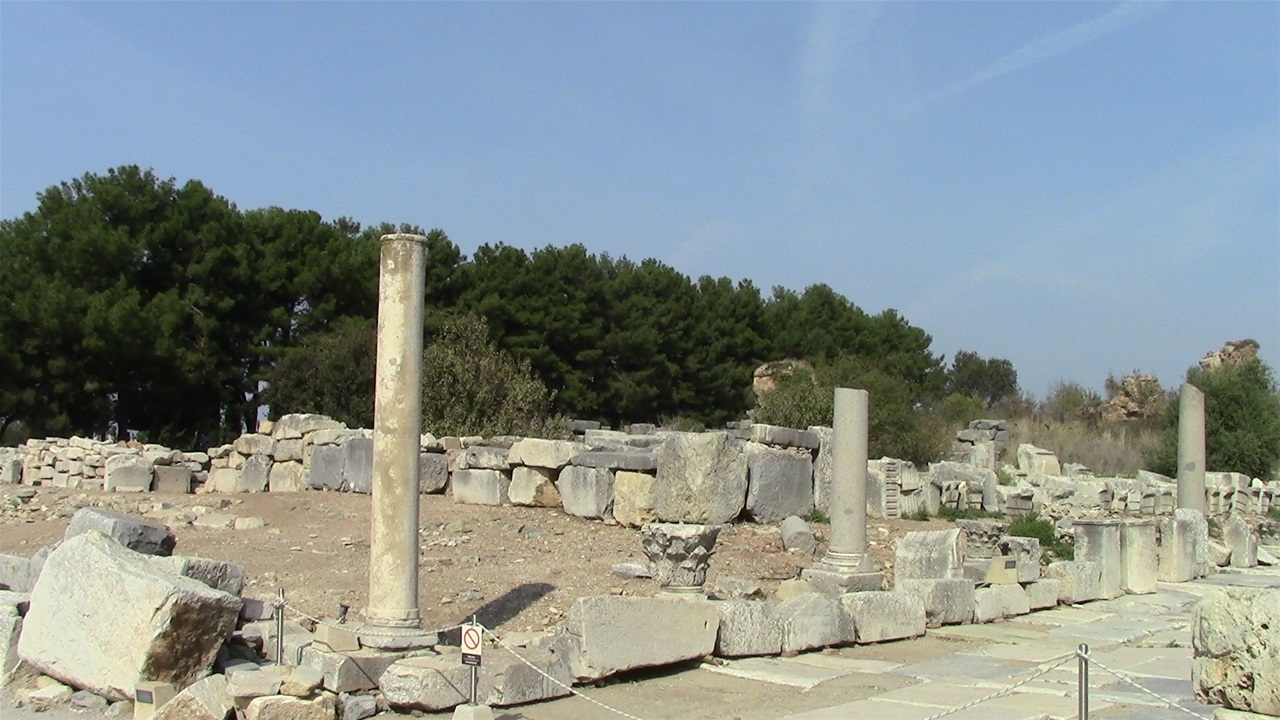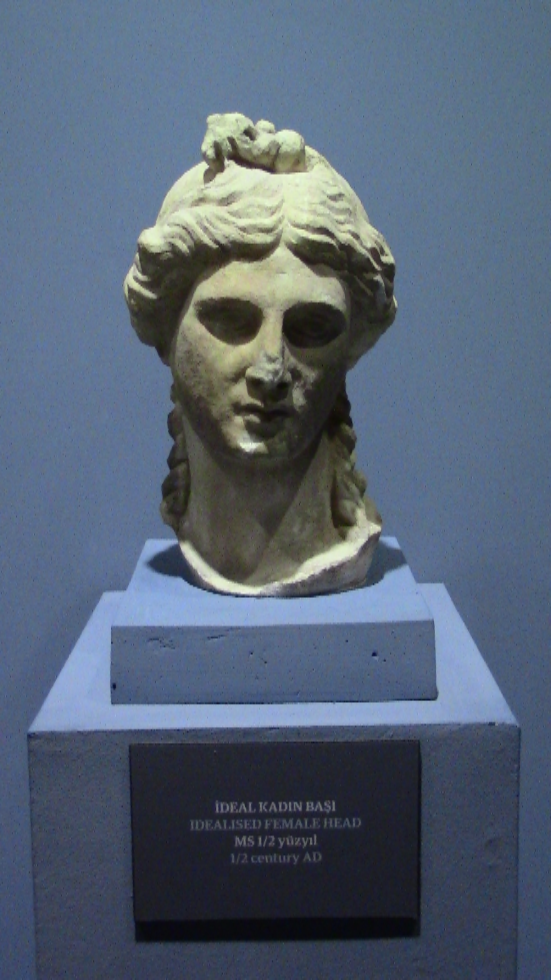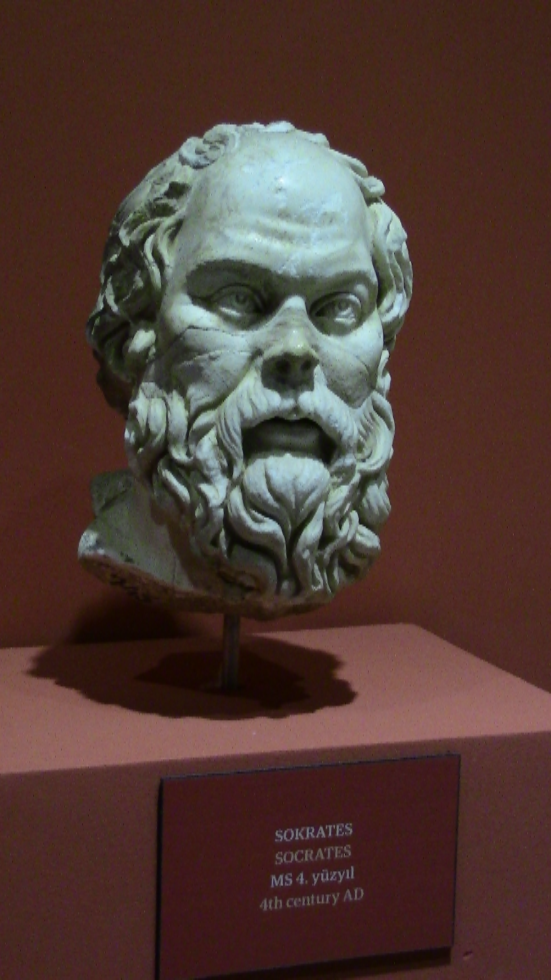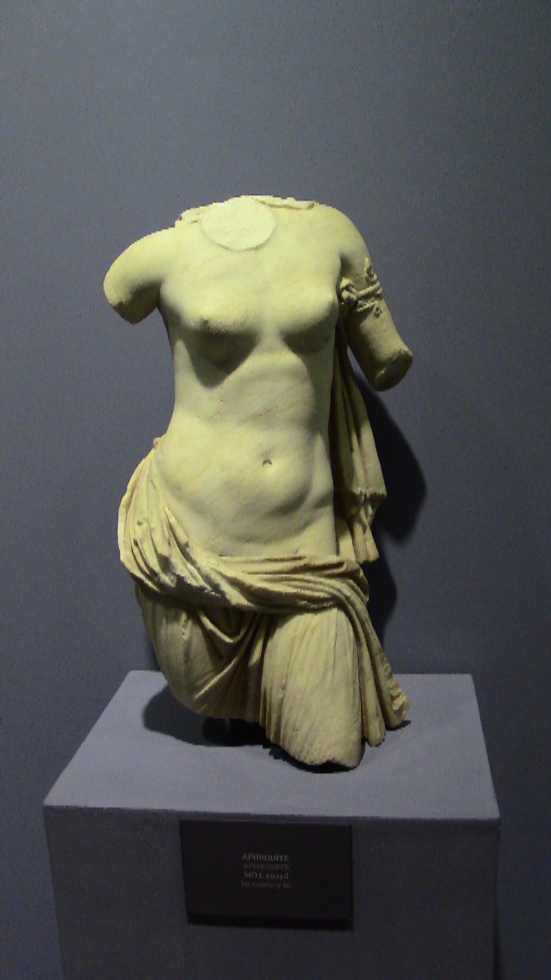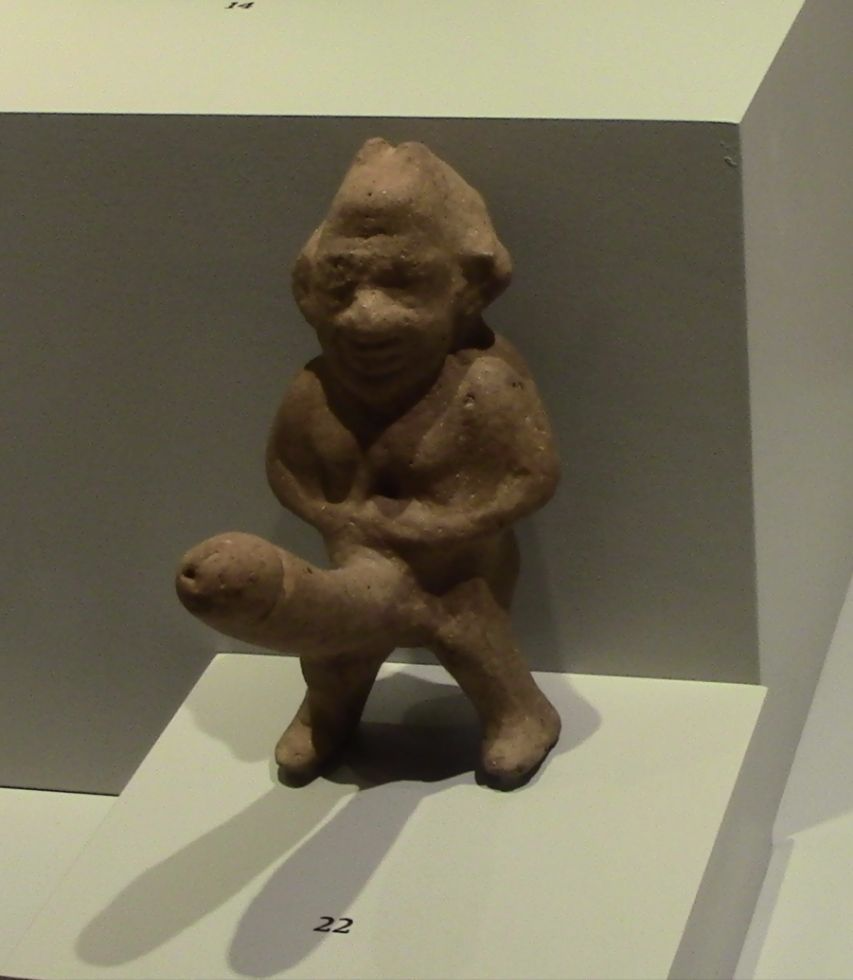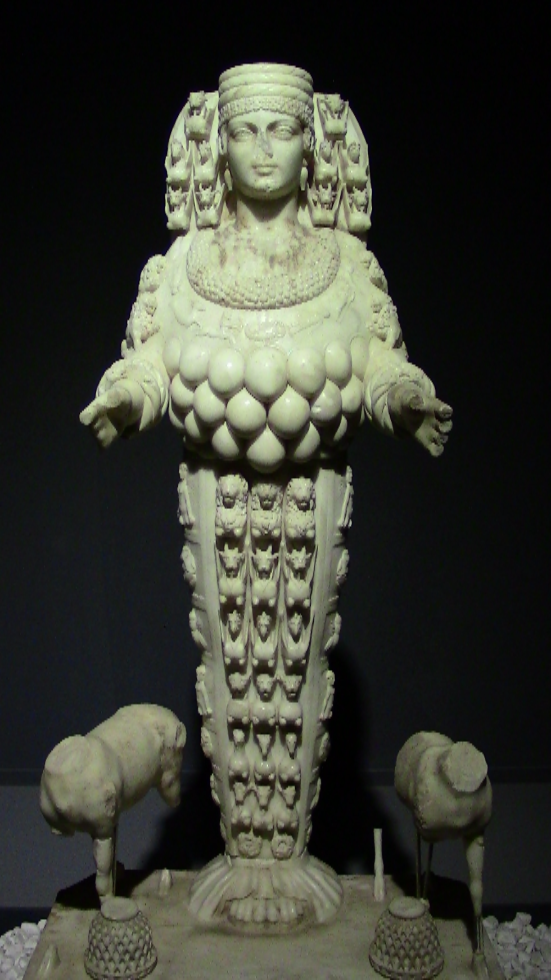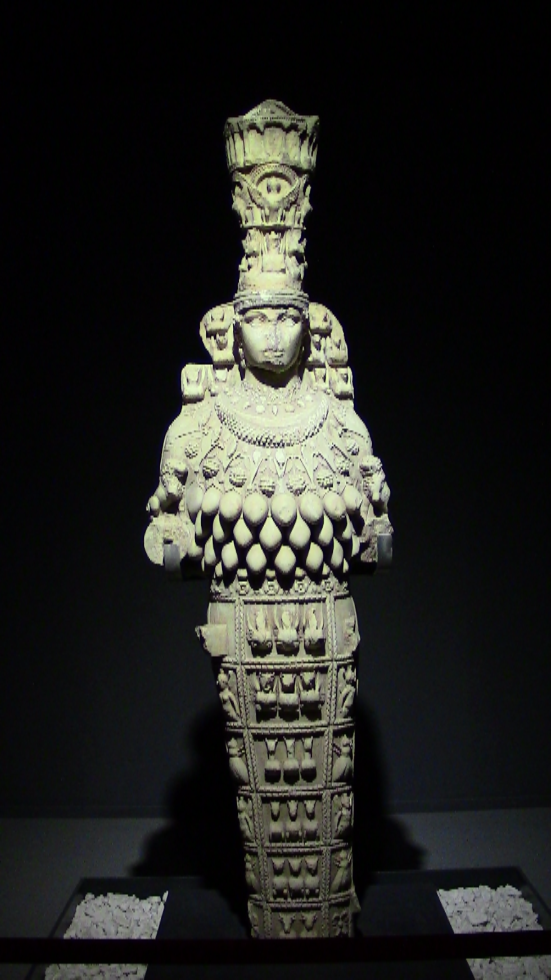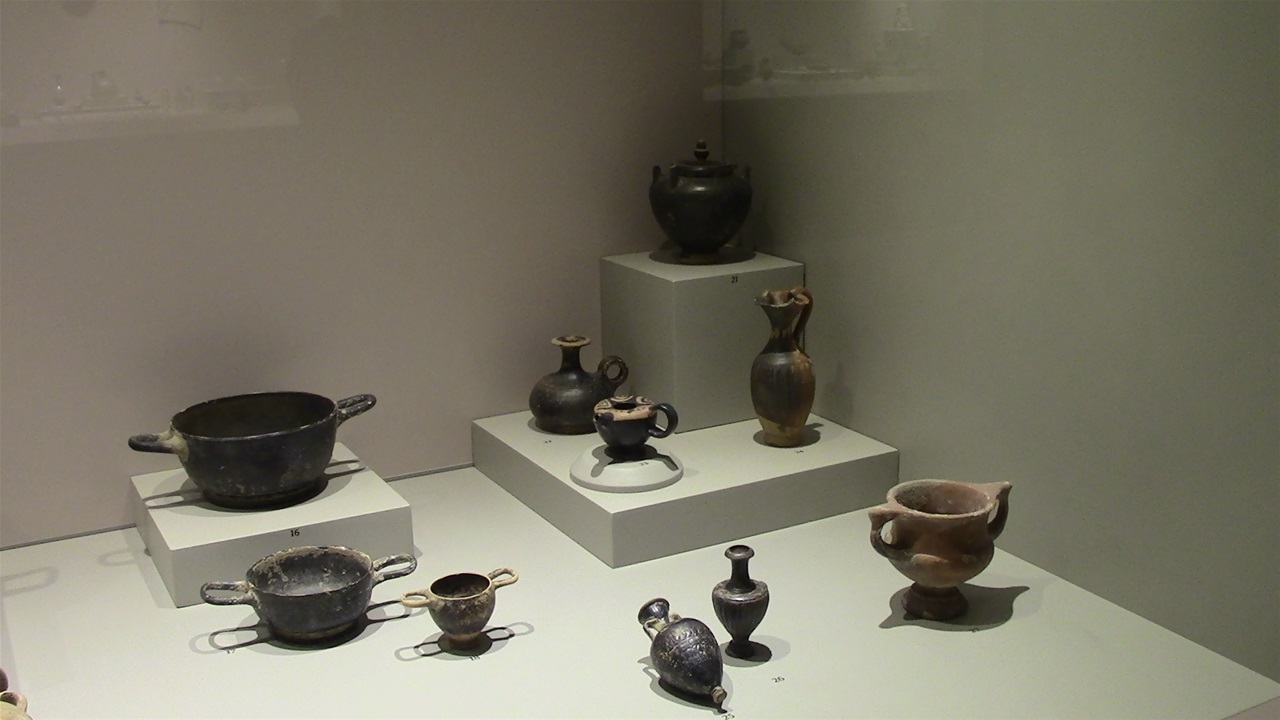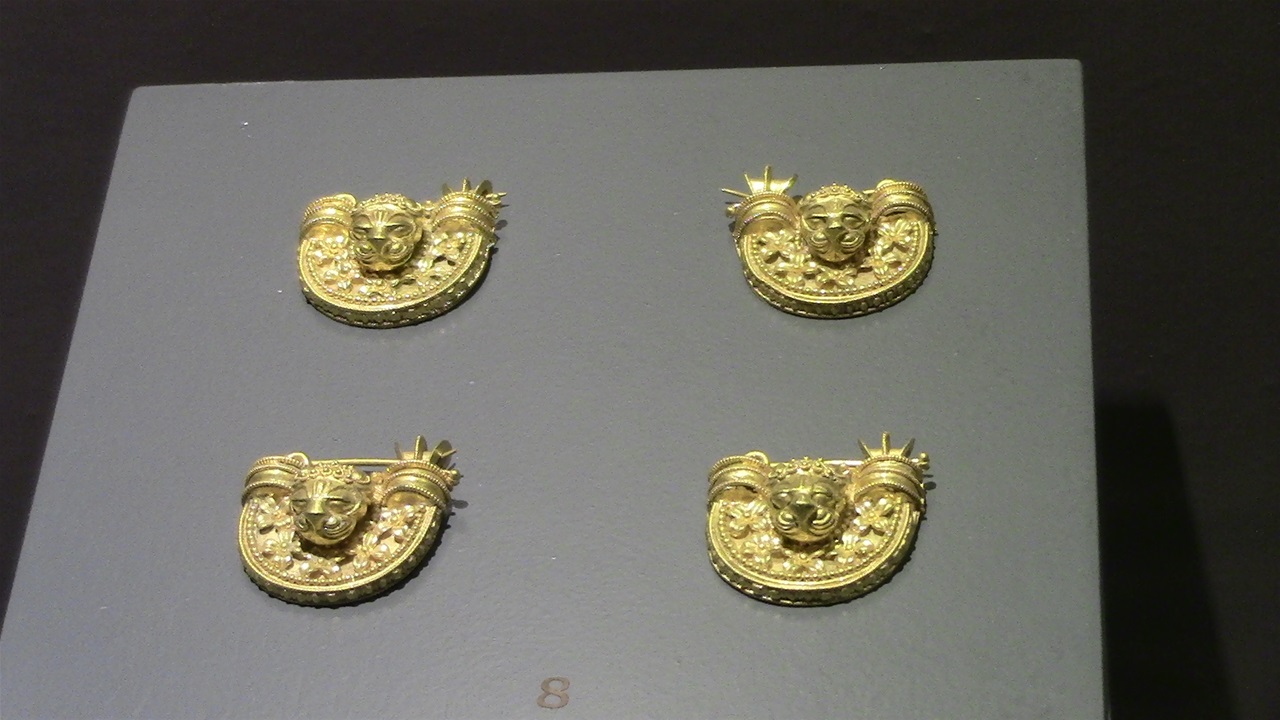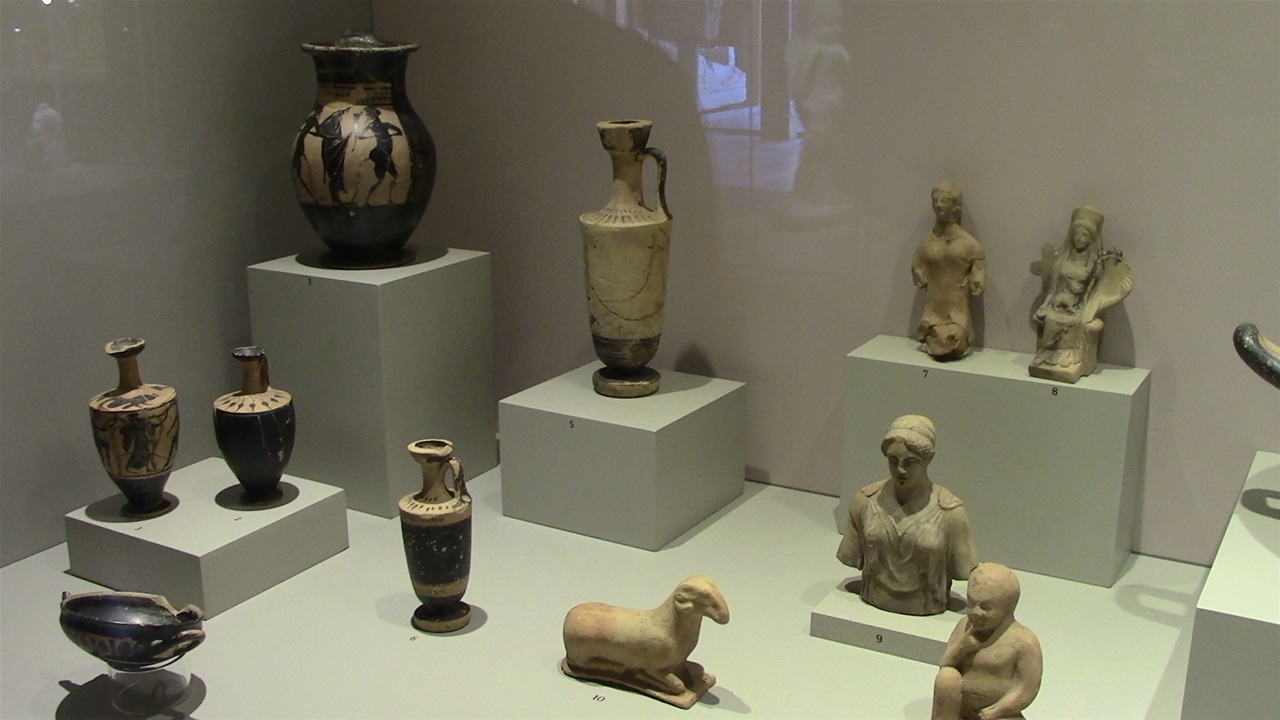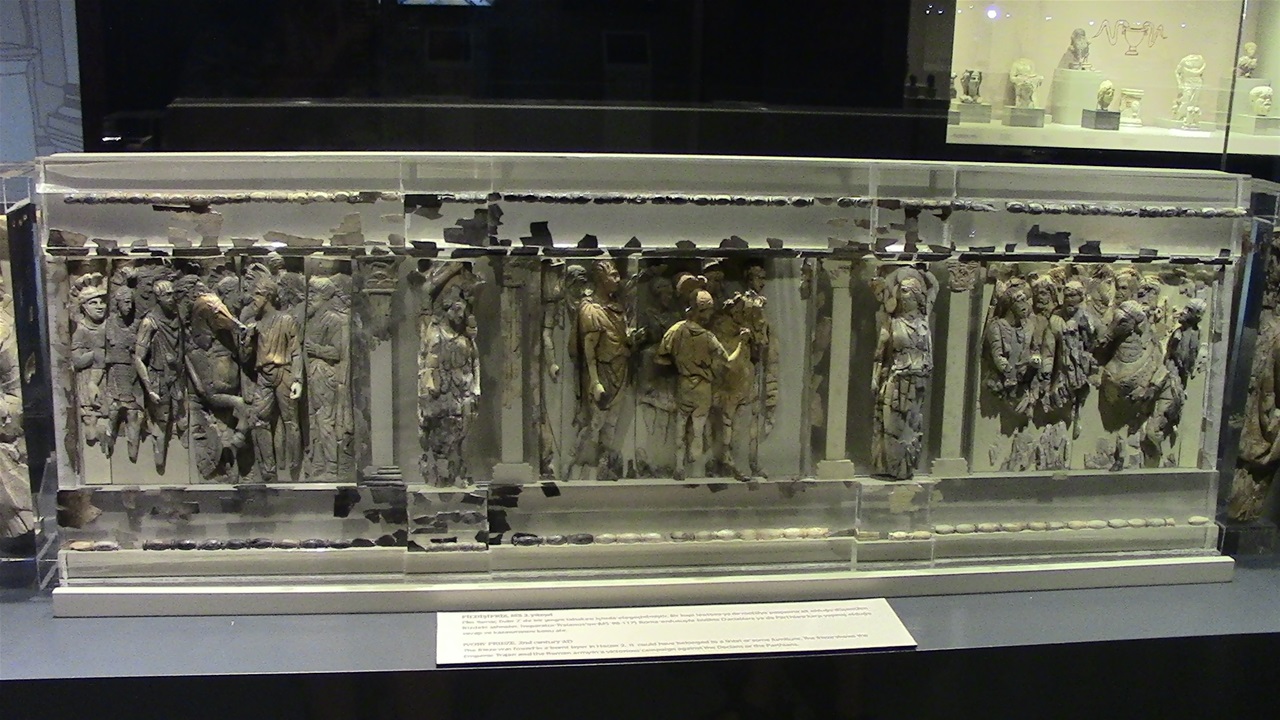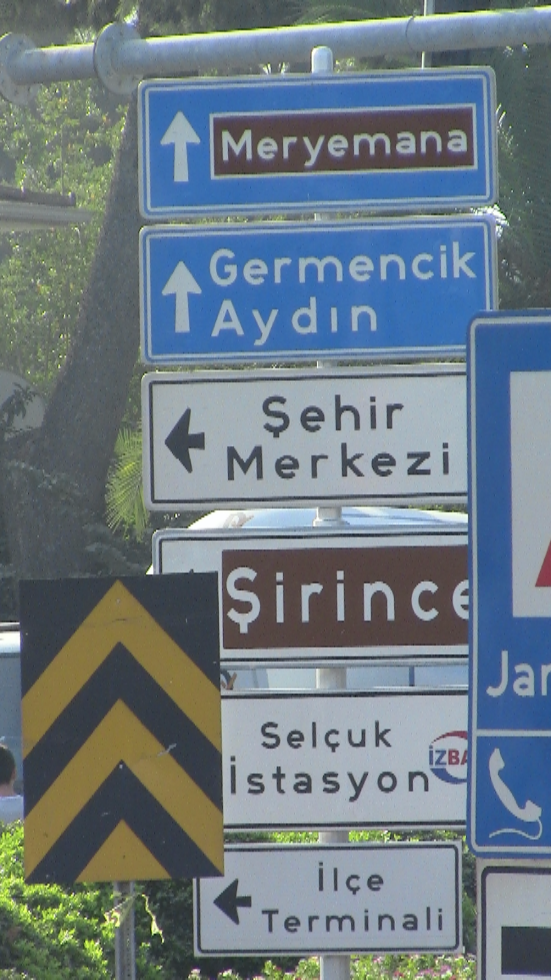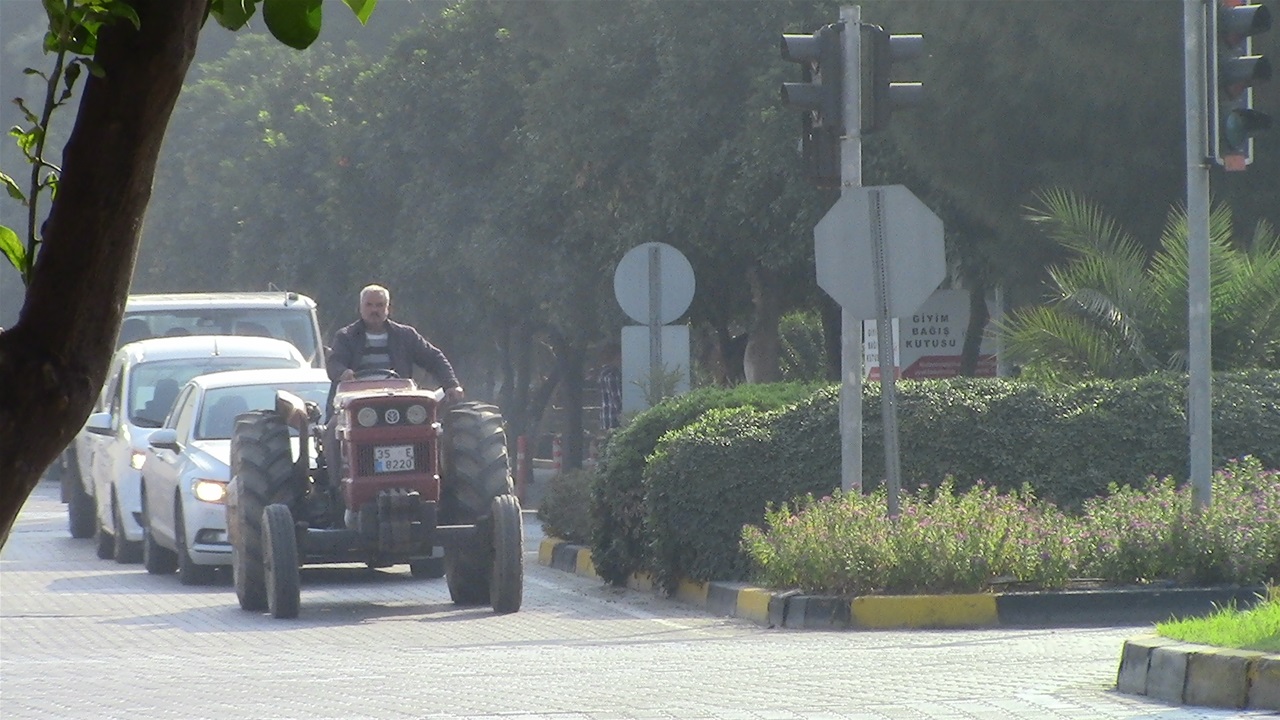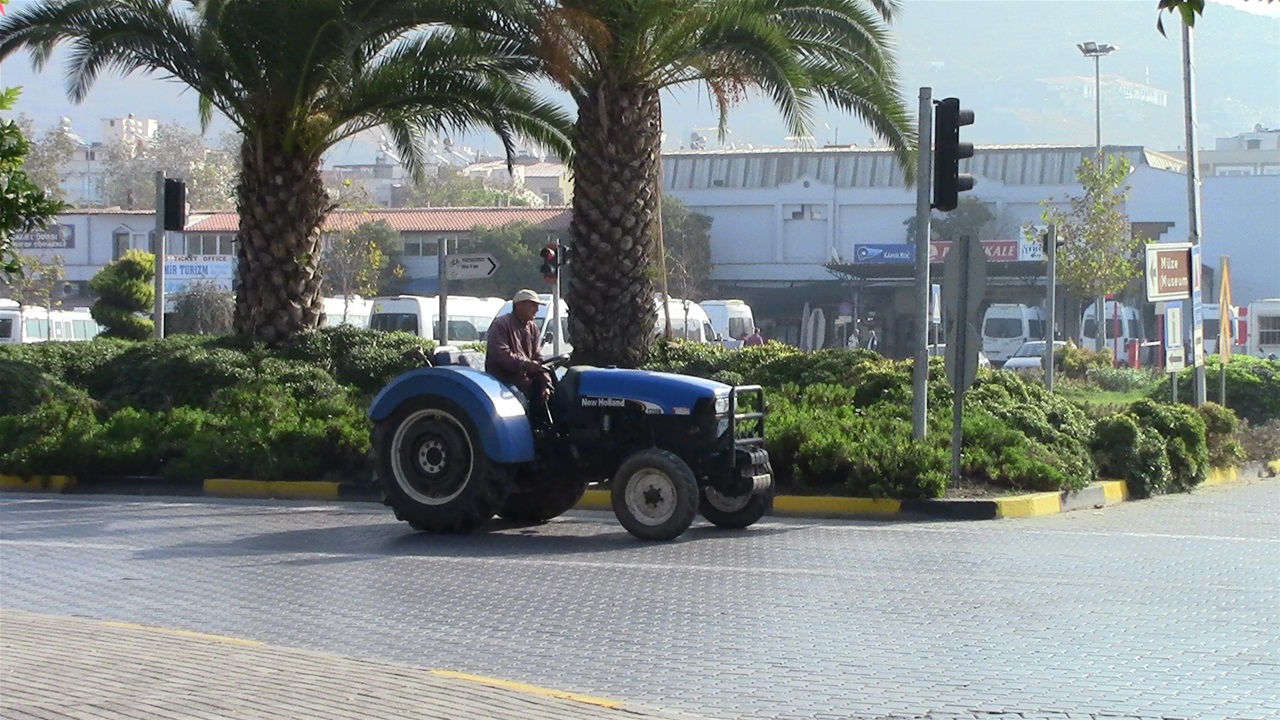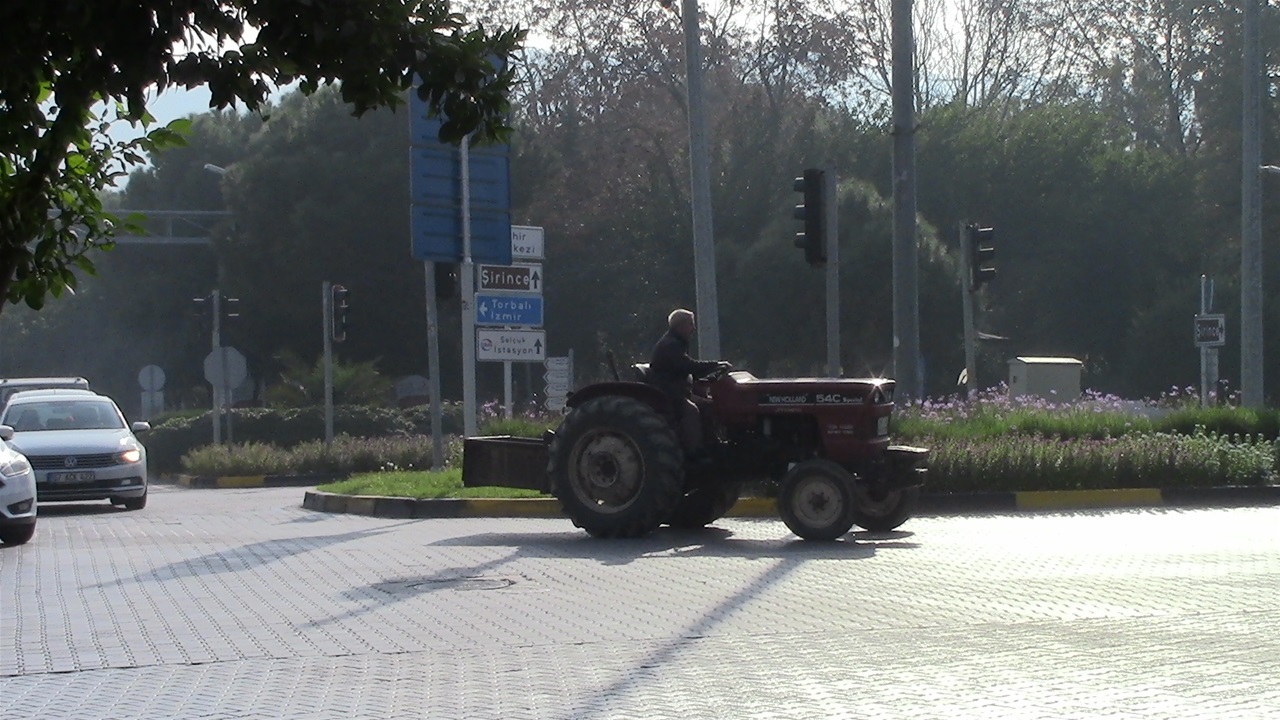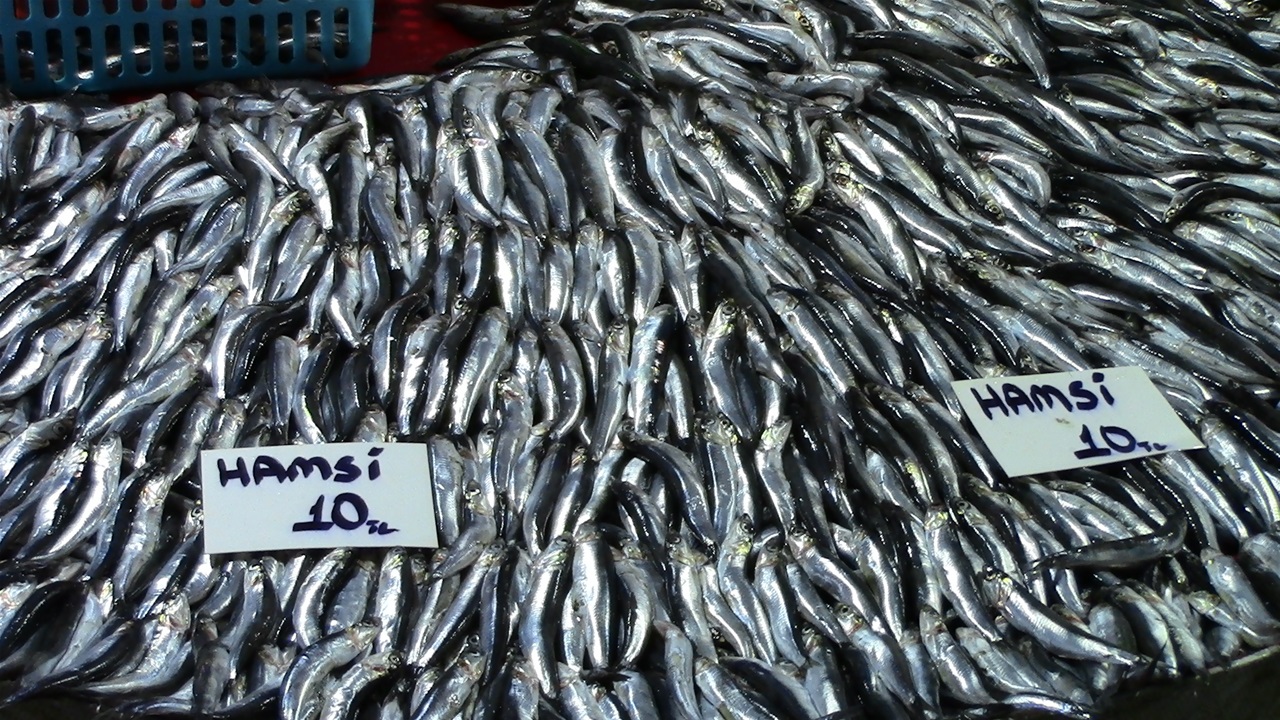Selcuk
Funny thing is we recognise `Ibrahim` our co-host (brother of Mehmet, he scooter rider). He knows us too....worrying! Turns out he was cook on one of our past gulets. Small world. We chin-wag gulet stories for a while then head to our room.
The morning comes. Neither of us has slept well. It really isn't a great room, but its a bed, its clean, just small and not what we were expecting. Got to get over this!! We have our own shower room (wet room - hate them), its temporary.
We have a lot to see in Selcuk. Its an important town. A vital part of our journey. Crack on. So, we head for the Ephasus museum (just 5 minutes walk) Fascinating. Wonderful detailed carvings, jewellery, statues etc. The intricacy of these pieces is truly awe inspiring. We are looking at 2,000 plus years ago. What gets me is that some of these pieces are purely decorative, for pleasure on the eye, they serve no functional purpose. These people could afford to indulge in pleasure and luxury. Jewellery, cosmetics and perfumes. Very indulgent. But I do realise there were the under dogs. Those poor souls sweeping the streets and emptying latrines.
A quick break for an omelette and a cup of Chai. Then off to St Johns Bascilica and the castle. Both a short walk away. (Anz is very conveniently located!) Both historic buildings have been modified, destroyed and rebuilt over the years. Occupations by various new rulers, massive earth quakes. We are both in thrall of the building skills and crafts of these people. 2,000 years plus on and the detail is still so crisp! Just imagine what it was like in its heyday. Wow!
We walk back downhill into the town (city). Its Sunday lunchtime. Most shops are shut. The roads are fairly quiet. The place is buzzing! But its mainly men. The cafes are packed with men playing Okey, backgammon, cards or just chatting. The sound is of laughter, friendly greetings, clacking of gaming chips and chinking of tea glasses. THERE IS NO ALCOHOL! Yes, you can buy it, but its not commonplace. In fact, you buy it from a kiosk generally. I feel like a lowlife buying a bottle of wine! I feel even worse when the shop keeper offers to open it for me! `Yes please, then I can drink it in the park hidden in the bushes,!!!!` Its a different culture altogether.
It is while we are here that we hear the sound of pipes and drums. Norman goes a bit pale! Its another coming-of-age. A little lad becoming a man. He is dressed in the white suit, riding a pony. The procession is preceeded by a man filming from the back of a four-cab. Sign of the times? One for the family album/ytube. Everyone pauses, smiles and watches him go by. Its a community event. Feel blessed seeing it.
We head for home and call in to a restaurant at the end of our road where we had our breakfast omelette. They sell beer and wine and do a very good good cheeseboard with walnuts and dried fruits. Yummy. Walnuts are a big thing in Turkey. They sell different varieties and grades. They are not the dried hard things of English Christmas fare. They are juicy and tasty. The skins are not flakey but are silky soft. They seem easy to shell, but maybe the Turk`s are just experts!
Suitably refreshed we head for home. I am not looking forward to our room. But Ibrahim meets us at the door. He looks worried. `Where have you been? We missed you at breakfast` We thought we were `room only`, but it appears we are B&B. Ibrahim knows we are disappointed with our room. While we have been out our proper room has been repaired and we have been `moved` into it. (Thank goodness I packed up before we went out! the thought of Ibrahim seeing my PJ`s makes me blush). Our new room is lovely. We even have a little balcony overlooking the street below. And there is a fridge for our stash of naughty wine!
Selcuk feels like `real Turkey`. There are lorries transporting fruit and veg`. Tractors and trailers are as common as cars. Old people still get respect from the youngsters. Its not uncommon to see a family of four on a moped. People beep and wave at friends and are generally just `nice`. They take time for each other and are very affectionate. The weekly bazaar is fabulous, as usual in Turkey, wonderful produce fresh from the farms and fields. Wizened old ladies selling their crops and honey and preserves. Seems like everyone still bottles fruit and veg to store for the winter.
Ibrahim has arranged for us to go on an organised tour of Ephasus and the surrounding area with an English speaking guide. Much as I dislike being herded along like a sheep on these tours., you do glean a lot more information than if you solo.
MARYS HOUSE
First stop Marys House (Meryemana) This is reported to be where St John took Mary following the crucifixion of Jesus. He had to take her to a safe place to prevent her, and himself, from being killed by the Romans (Pontius Pilate). The story goes that he carried everything they needed on his back up into the mountains, not even using a donkey, so that there would be no easy trail to follow. It is a very beautiful spot high up on mount Koressos in the Bulbul mountains in lush green trees with a spring for fresh water. There is a tiny church and a convent. During the summer the nuns worship outside under the trees, in wintertime they have an indoor area. Mary lived here for the last six years of her life. Its location was unknown for many years, until a nun (Anne Catherine Emmericht) in Germany spoke of her vision and described the place so well that archiologists were able to rediscover it. This nun was bedridden and had never been away from Germany. The spring still flows with fresh water, and people drinking it believe it has special powers. Norman and I are not followers of any religion but felt compelled to light a candle here and spend some time thinking about Normans brother Michael who is not well. There is also a wall where people tie messages.
EPHESUS.
Next stop Ephesus. A Unesco sight. Hellenistic and Romans settlements are found here on what was once the estuary of the river Kaystros. Archeological findings show there have been settlements on this site since seventh millenium BCE.The ancient city of Ephesus is a fabulous example of a Roman sea port. Due to sedimentation the shoreline has since retreated westward and left Ephasus inland. It was a huge and important city. Despite earthquakes many structures are still standing. The library of Celsius and the great theatre being prime examples. We start at the upper gate and can see Ephesus spreadout before us downhill. The rich and important people lived up here. It was in effect a `gated` community. Part way down the hill there is gate which would have been guarded, provisions were bought up to the gate on carts, offloaded, carried through and put on carts inside for unward transportation. Within the gated community there would have been bathhouses, shops, meeting places and houses. The lower floors of the houses were the social areas, salons etc and below and behind these rooms were where the slaves and servants lived and worked. The upper floors housed the sleeping quarters, the master of the house would have had his own bedroom. His wife, his girlfriends and his boyfriends would have each had their own sleeping rooms. When he wanted to, he would have visited which ever one he wanted in their room, then returned to his own room to sleep. Down below the gates, the main city of Ephesus would have been a bustling busy place. Shops, workshops, latrines and brothels. Interesting fact - when they needed to replace a statue due to the succession of a new leader, they reused an existing statue and simply replaced the head.
The latrines were a social meeting place for the men only. They would sit side by side, chatting and doing business deals while musicians played to entertain them and also to prevent others overhearing what was being discussed. There was a rivulet of fresh water running past their feet, into which they would dip sponges attached to poles with which they would clean themselves. These sponges were public property and reused time and again. Yuck!
The brothels were interesting. On the pavement leading up to them are engravings marking the way. A left foot print into which your foot had to fit, or be bigger than, showed you were old enough to attend the brothel. A woman wearing a crown advertised how beautiful the woman of the brothel were. A heart showing this was a place of lovemaking, alongside a hole depicting that money was required. (No honey without money!). There is also an oblong shape which the guide said that credit cards were accepted!!
The library of Celsus is still an imposing building. Built in honour of Roman Senator Tiberius Julius Celsus Polemaeanus and completed in 114-117 AD. He was buried in a sarcophegus under the library. Copies of four statues adorn the facade: Sophia (wisdom), Arete (bravery), Episteme (knowledge) and Ennoia (thought), the originals are in a museum in Vienna. Manuscripts would have been stored in niches in the walls of the galleried main room. A statue of the godess Athena would have been in the central huge arch of the reading room.
The theatre of Ephesus is huge. Capacity of 25,000 seats. There are sixty six rows of seats split horizontally into three sections. In the lower section the seats are marble with backs and were reserved for important people. It is here that the emperor's box is located. The theatre was not only used to stage plays, but for meetings, political debates, gladiator fights and wild animal fighting. To calculate the population of a major city, archeologists believe that a theatre such as Ephesus would have held a fifth of the population. This excludes woman, children and slaves.So, they estimate that the total population was about a million people. It is still used for concerts and public events. The acoustics are incredible. Elton John performed here in 2001. Apparently the microphone was only used for recording purposes. Its worth looking up on ytube, must have been amazing.
The bathhouse. The bath of Scholastica. Would have had three floors. The lower floor would have had four rooms. The Apodyterium (changing room), Frigidarium (cold room with a pool), Tepidarium (warm relaxing room) and Caldarium (hot room with a complex heating system). The upper floors would have been for massage and therapy. They were not only places to get clean, but used as places to socialise and do business. Men and woman did not use them at the same time. Woman before lunch, men after!
The gymnasium. This was where gladiators lived and trained. It would have had warm pools, its own bathhouse and areas for training.
THE TEMPLE OF ARTEMIS.
The temple of Artemis. Rebuilt several times. In its final fom it was one of the seven wonders of the world. Little remains as earthquakes destroyed the buildings. Since then the stones have been removed to build houses, roads etc, so it is not possible to rebuild the temple. Maybe this is a good thing as the temple lives on as part of the widespread community.
